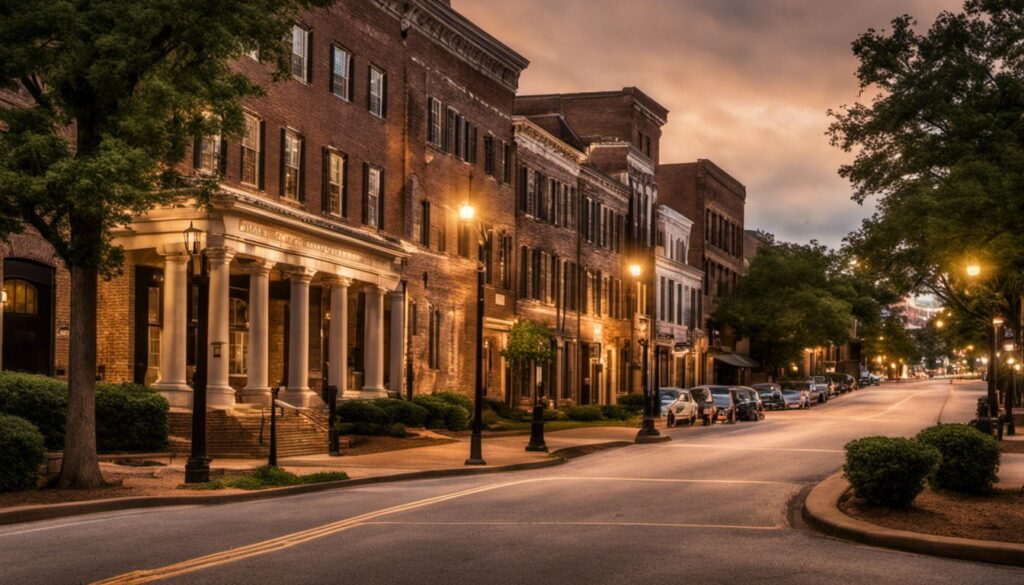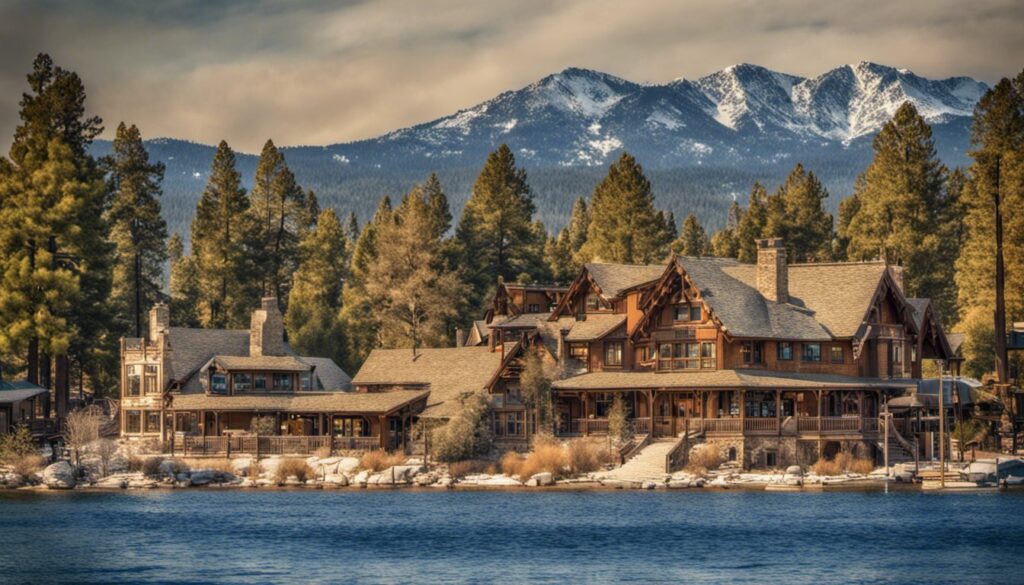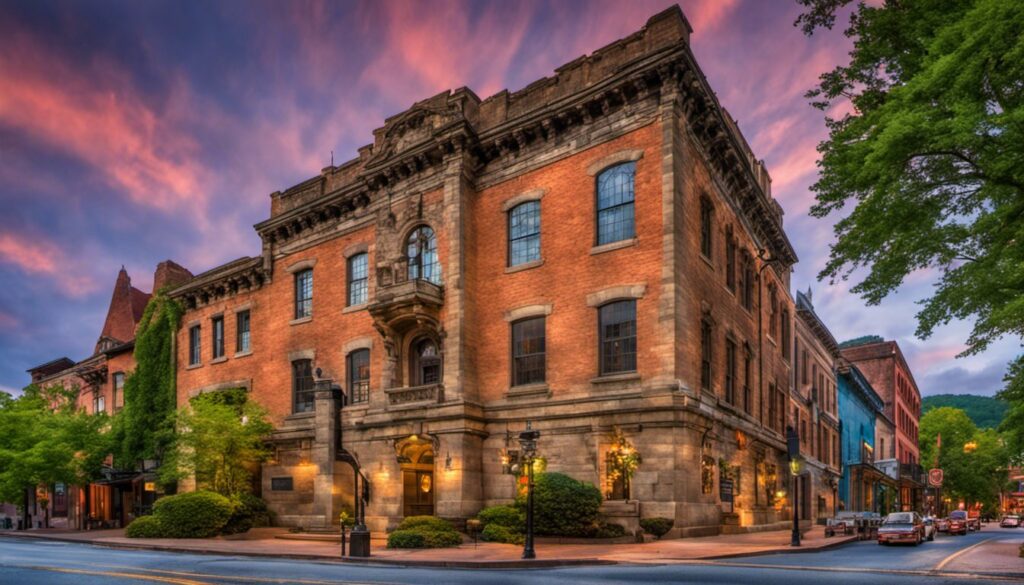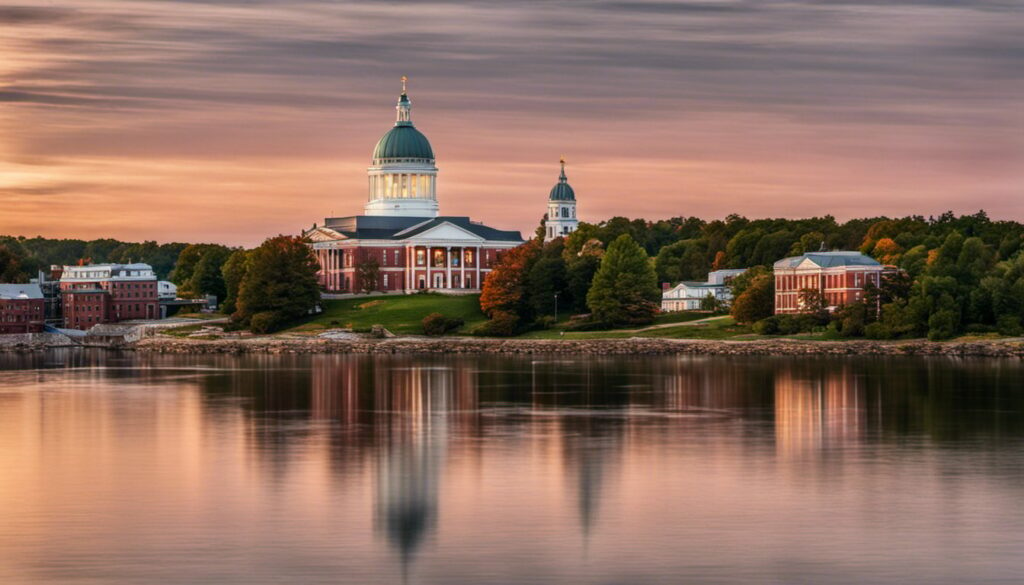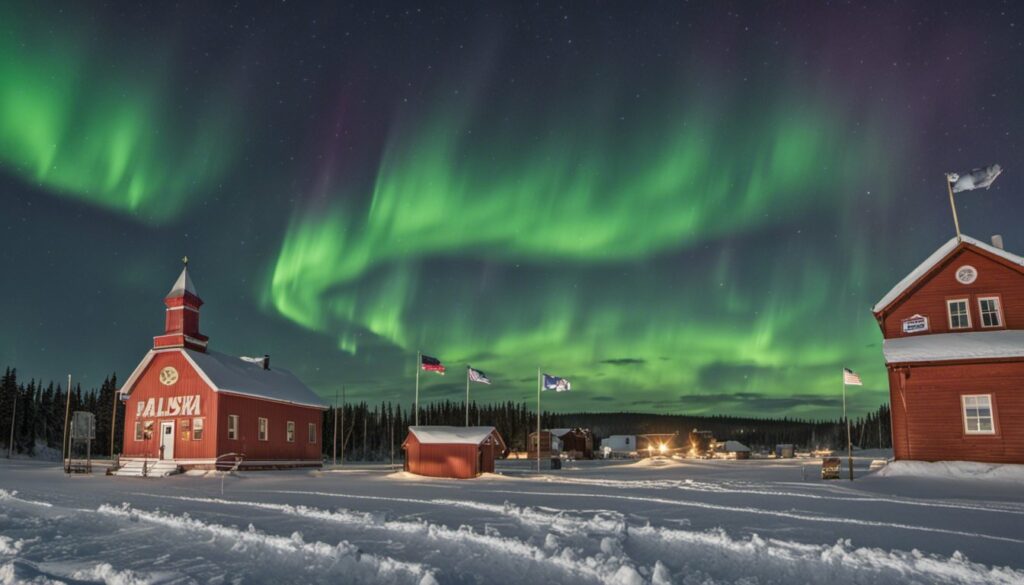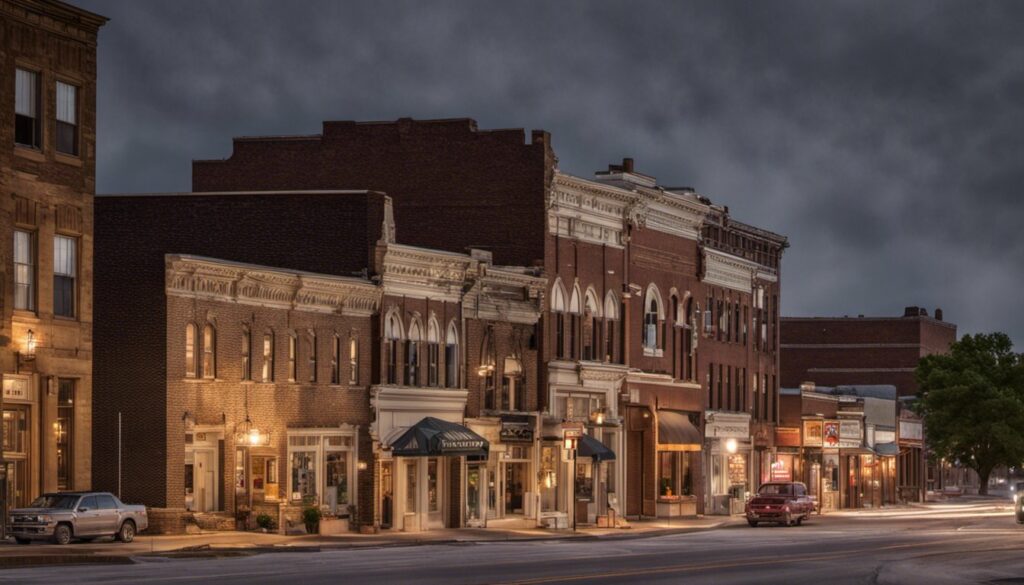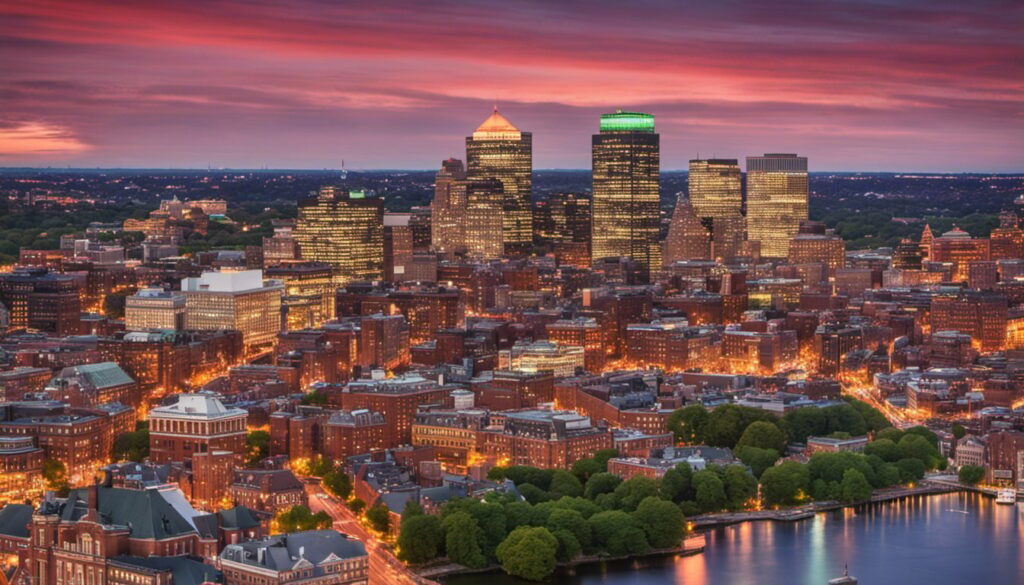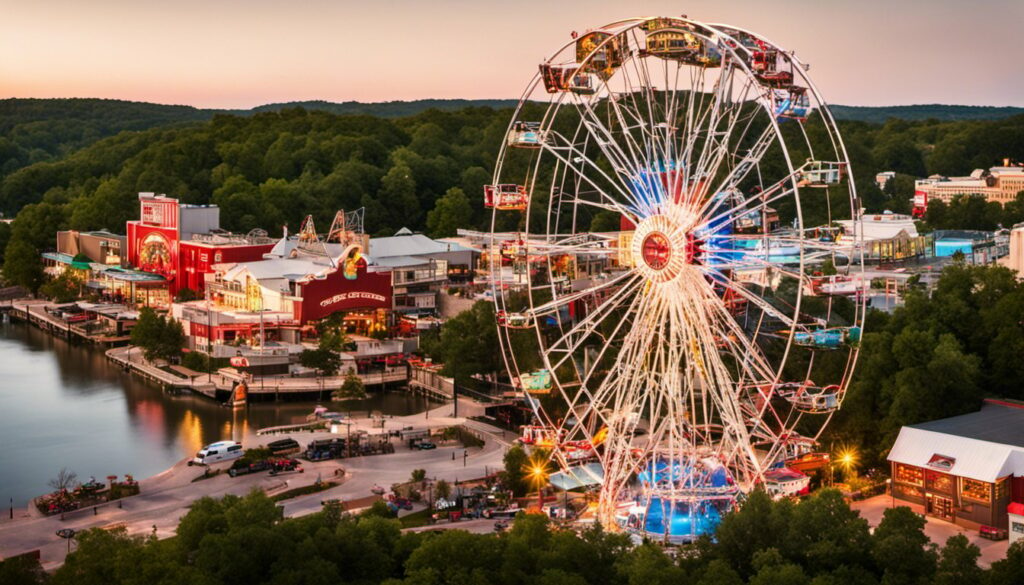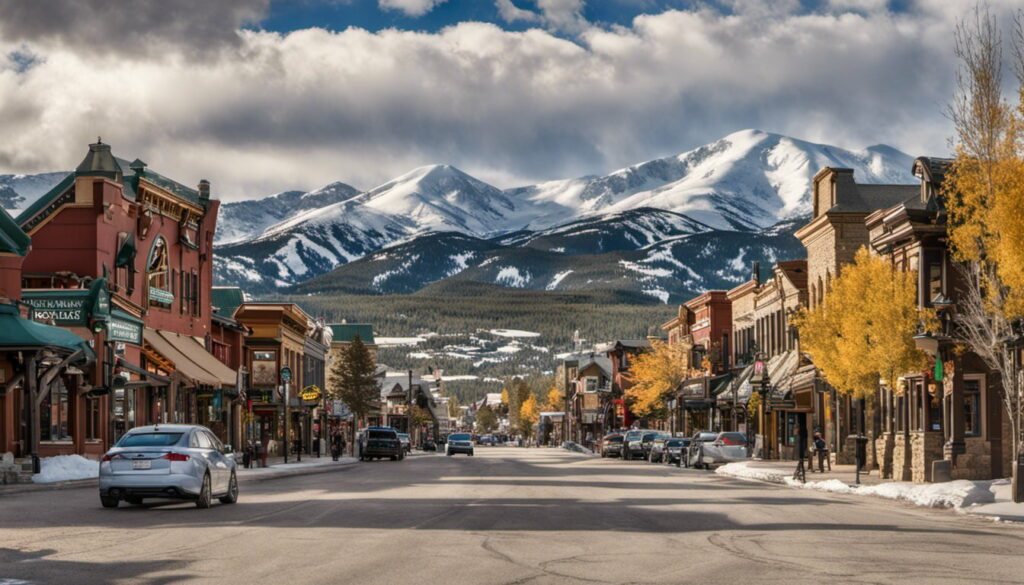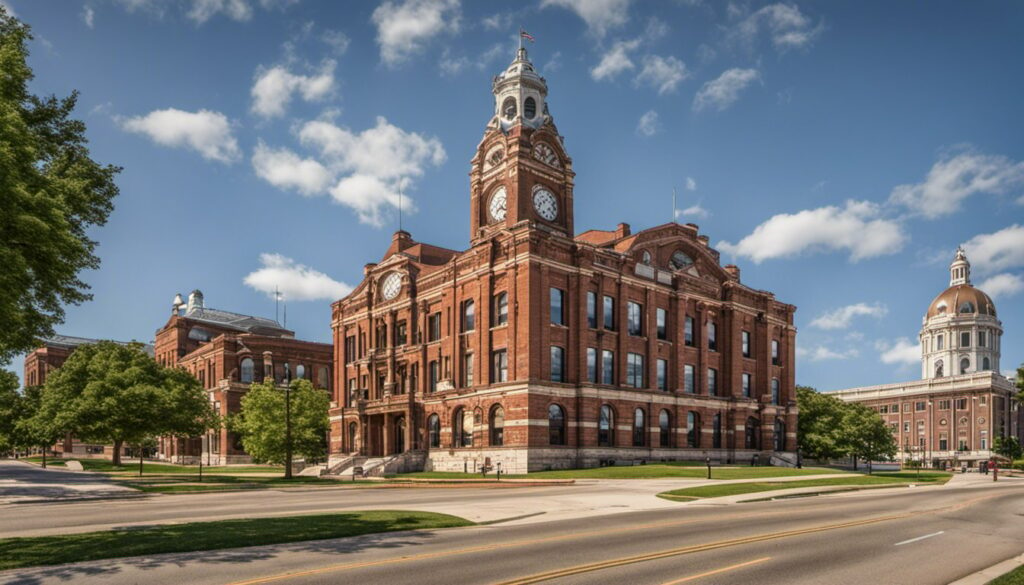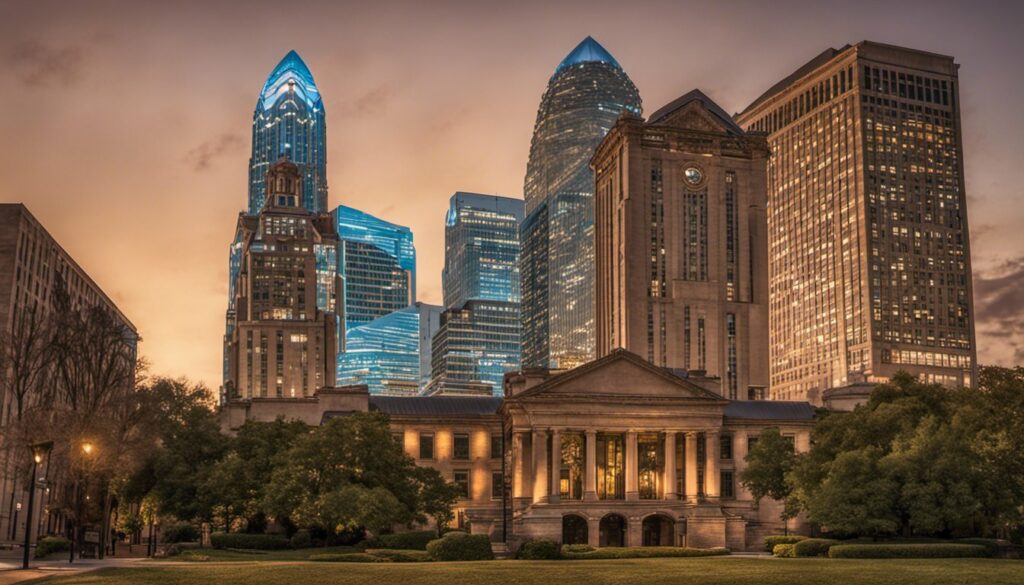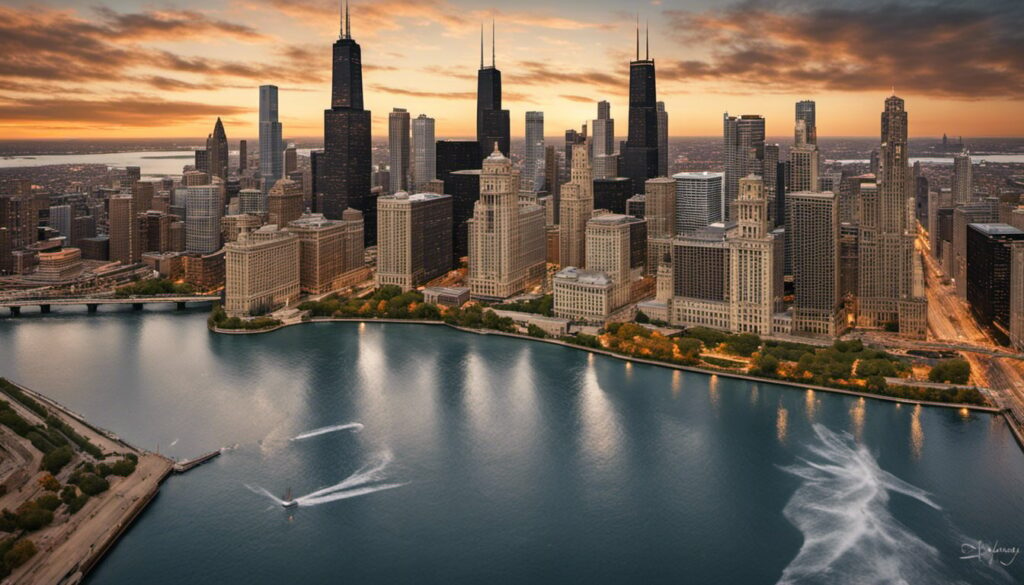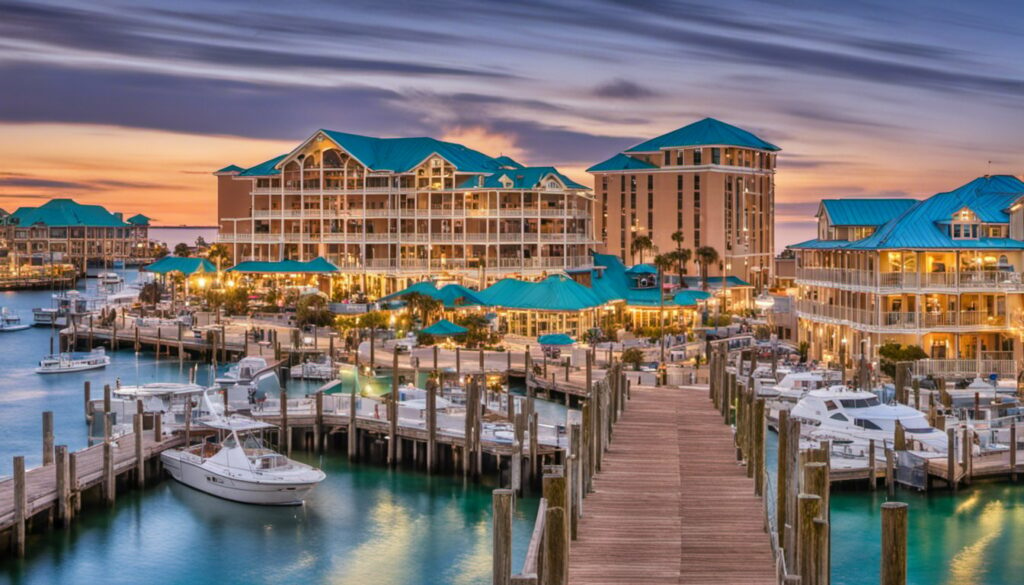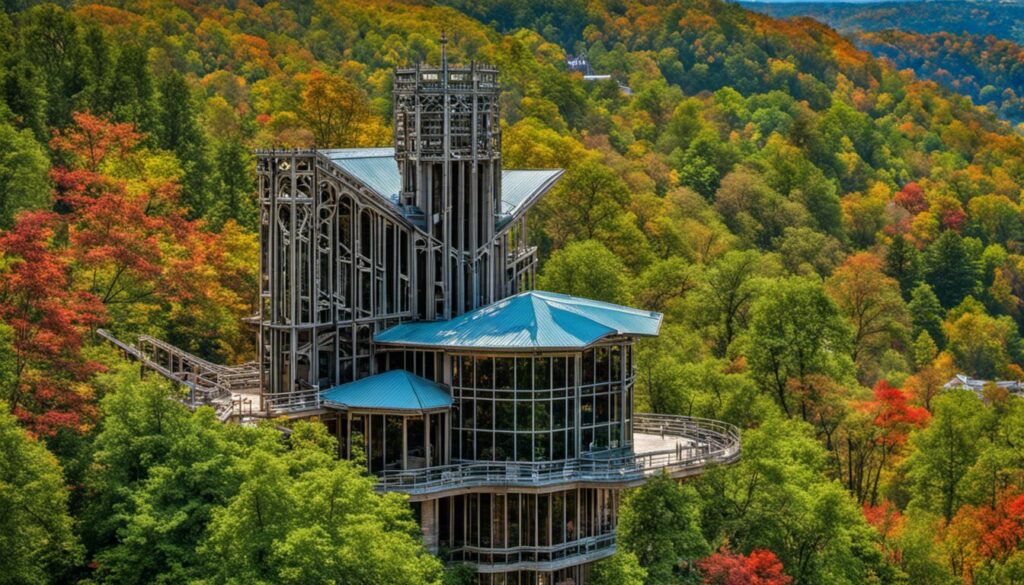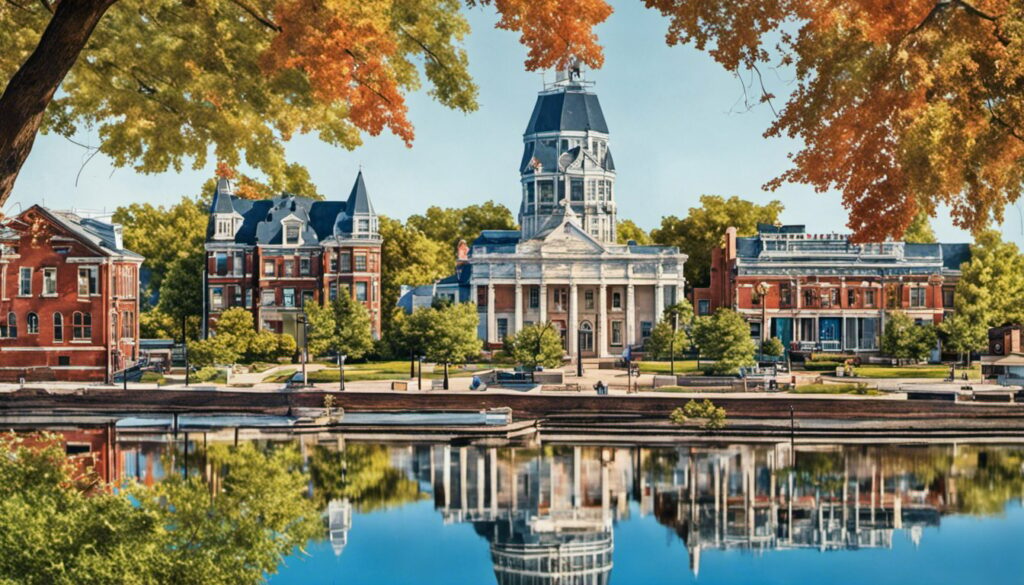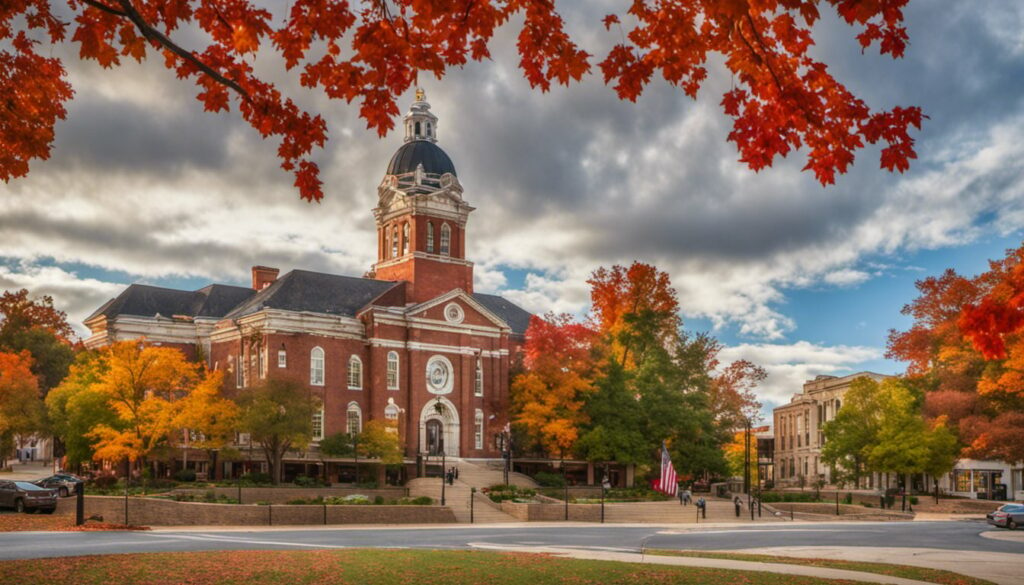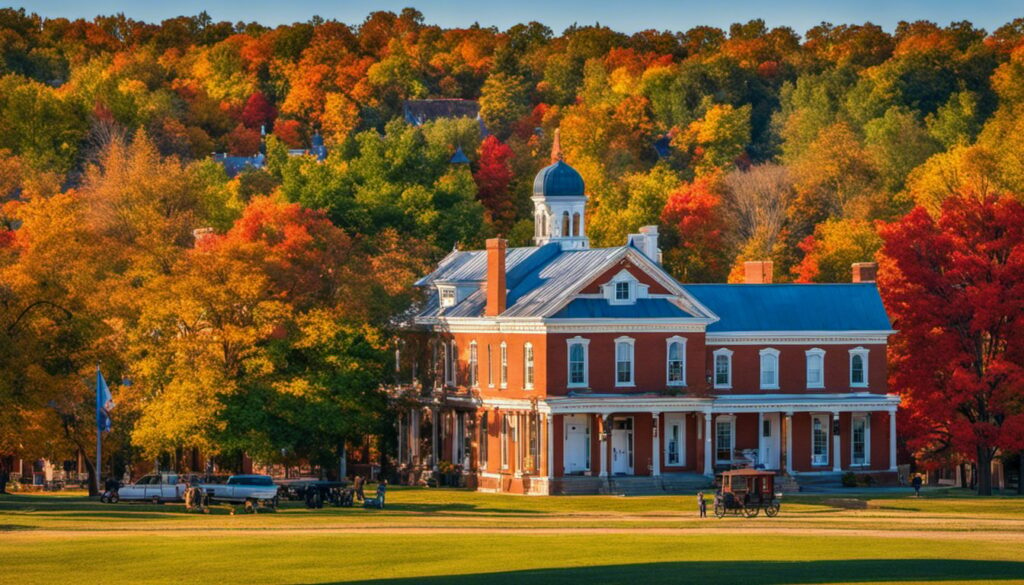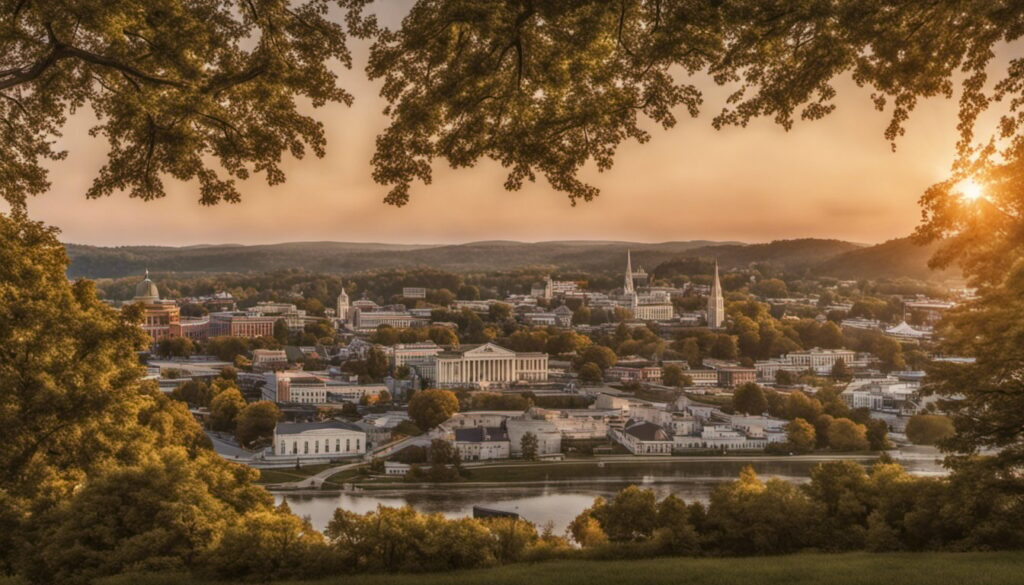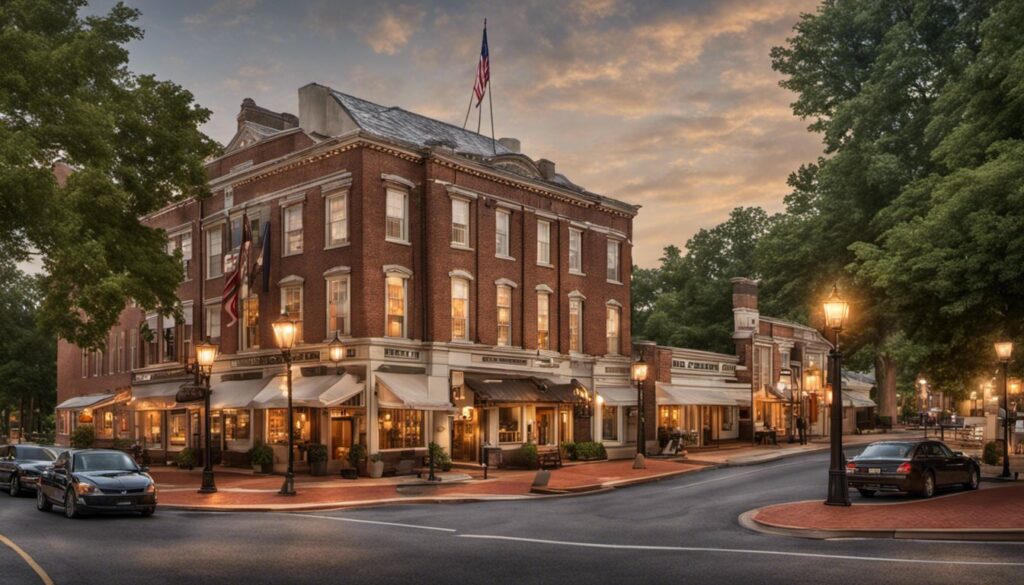Table Of Content
- Explore Greenville, South Carolina’s Rich History: A Comprehensive List of Famous Landmarks and Historical Sites
- Historical Sites in Greenville
- Famous Landmarks in Greenville
- Greenville’s Historic Districts
- Historic Structures and Objects in Greenville
- Greenville’s Historic Properties
- National Register of Historic Places in Greenville
- Greenville’s Historical Map
- Historical Changes in Greenville
- Railroad History in Greenville
- Civil War History in Greenville
- Historic Education in Greenville
- Founders and Artists of Greenville
- Greenville’s Historic Sea Submarine
- Greenville History
- Frequently Asked Questions
Explore Greenville, South Carolina’s Rich History: A Comprehensive List of Famous Landmarks and Historical Sites
If you’re planning a trip to Greenville, South Carolina, you won’t want to miss the city’s rich history and culture. Greenville is home to a number of historical sites and famous landmarks that offer a glimpse into the city’s past. From the Civil War to the railroad industry, Greenville has a fascinating history that is waiting to be explored.
One of the best ways to experience Greenville’s history is by visiting the city’s historic districts. These districts are home to some of the city’s oldest and most well-preserved buildings, and they offer a glimpse into what life was like in Greenville in the past. In addition to the historic districts, Greenville is home to a number of historic structures and objects, such as the Shoeless Joe Jackson Museum and the Greenville County Museum of Art.
If you’re interested in learning more about Greenville’s history, you’ll want to check out the National Register of Historic Places listings in Greenville. This list includes over 80 properties and districts in Greenville County that have been recognized for their historical significance. Whether you’re a history buff or simply interested in learning more about Greenville, the city’s historical sites and landmarks are a must-see.
Key Takeaways
- Greenville, South Carolina is home to a number of historical sites and famous landmarks that offer a glimpse into the city’s past.
- The city’s historic districts, structures, and objects are well-preserved and provide insight into what life was like in Greenville in the past.
- The National Register of Historic Places listings in Greenville includes over 80 properties and districts that have been recognized for their historical significance.
Historical Sites in Greenville
If you’re a history buff, you’ll be pleased to know that Greenville, South Carolina, is home to several historical sites that are worth a visit. Here are some of the most notable ones:
Earle Town House
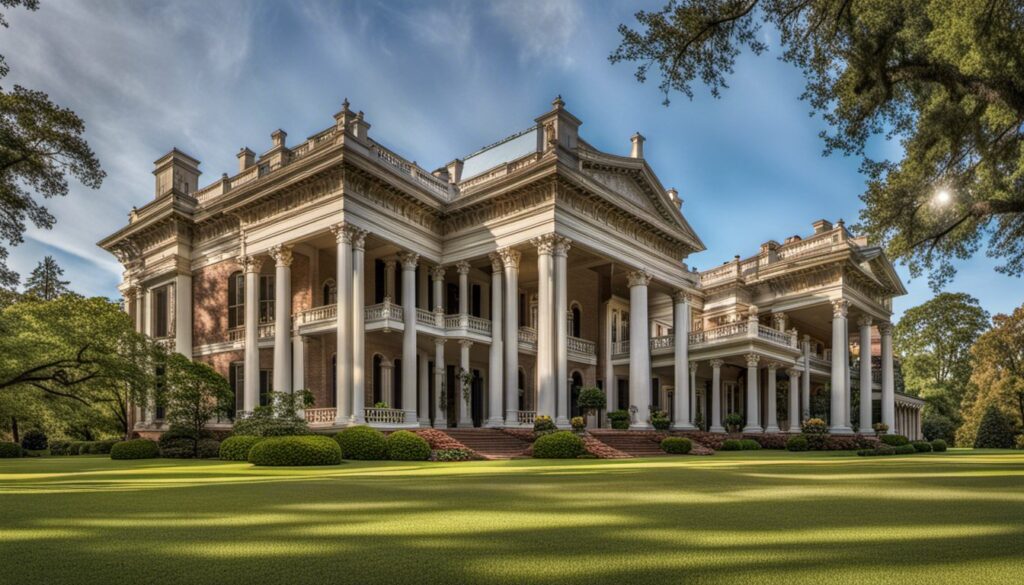
The Earle Town House is a historic home located in downtown Greenville. Built in 1820, it is one of the oldest buildings in the city. The house was once the residence of Judge William K. Earle, who served as a state senator and a U.S. Congressman. Today, the Earle Town House is a museum that showcases Greenville’s history and culture.
Campbell’s Covered Bridge
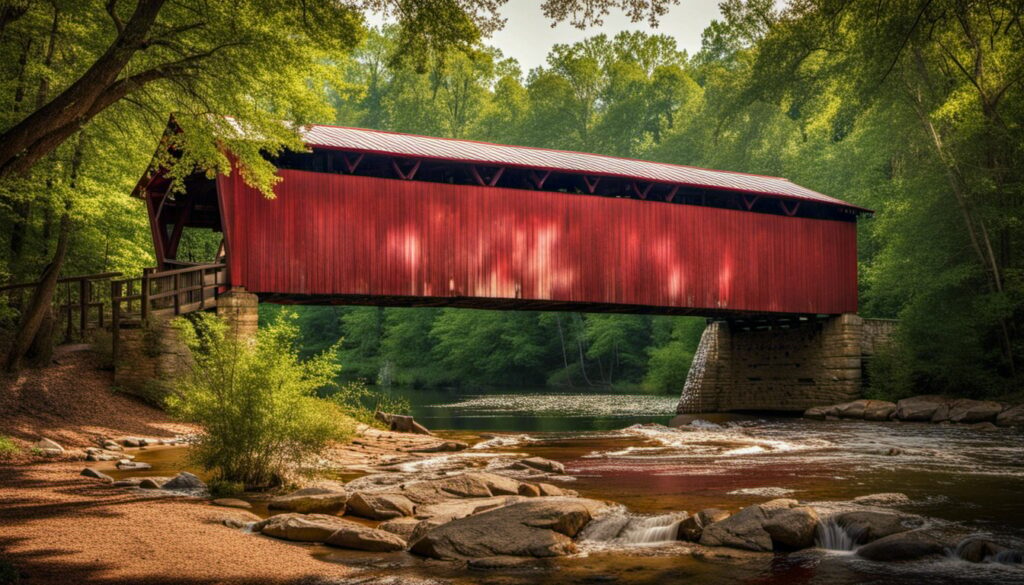
Campbell’s Covered Bridge is a wooden covered bridge that spans over Beaverdam Creek in northern Greenville County. Built in 1909, it is the only remaining covered bridge in South Carolina. The bridge was used as a crossing for horse-drawn carriages and wagons until it was closed to traffic in the 1950s. Today, it is a popular tourist attraction and a great spot for photo opportunities.
Conestee Mill
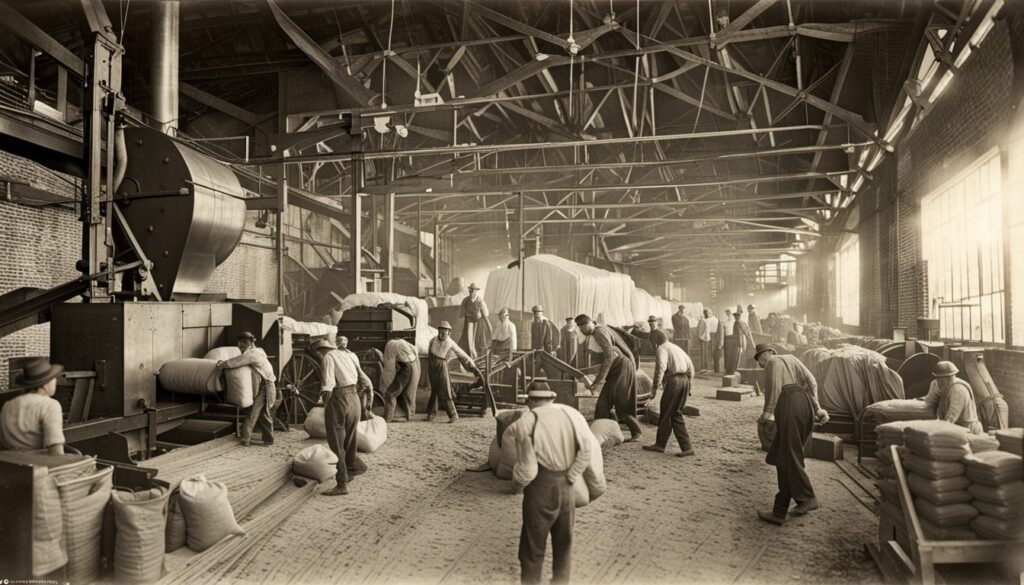
Conestee Mill is a historic textile mill located in the city of Greenville. Built in 1892, it was once one of the largest textile mills in the state. Today, the mill has been converted into a mixed-use development that includes residential apartments, offices, and retail space.
Fountain Inn High School
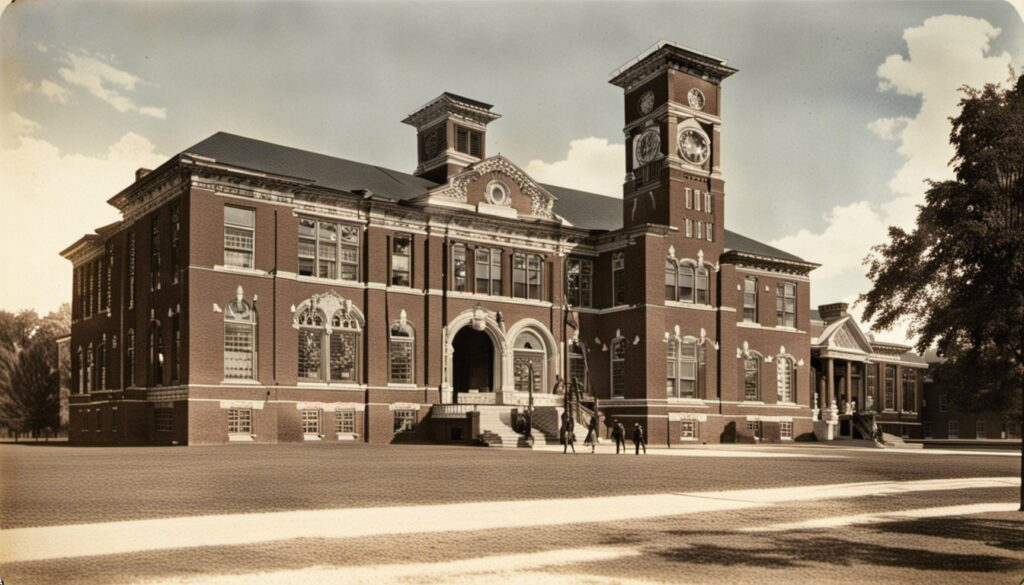
Fountain Inn High School is a historic school building located in Fountain Inn, a small town in southern Greenville County. Built in 1936, it was one of the first high schools in the area. Today, the building is used as a community center and event space.
Gilreath’s Mill
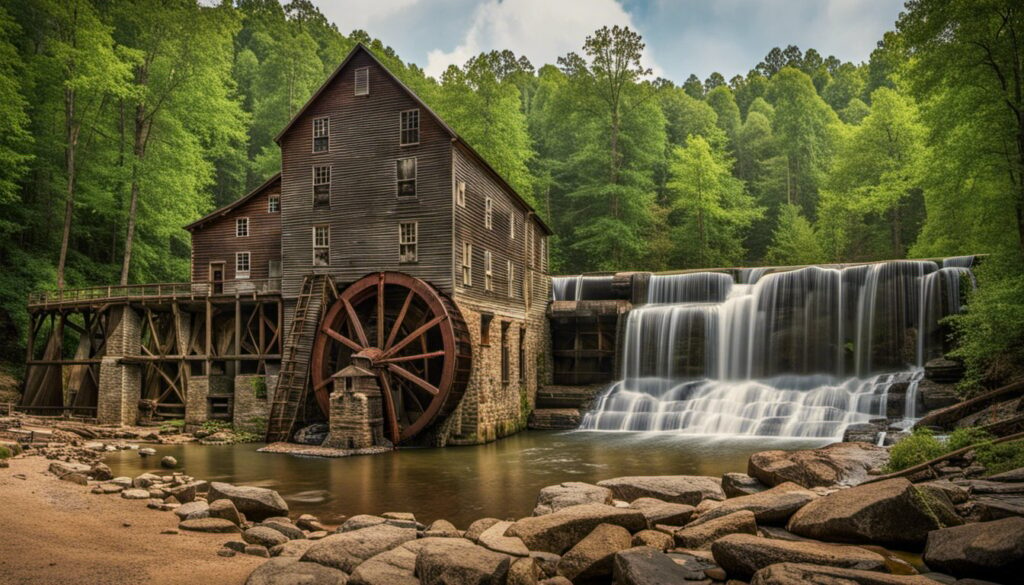
Gilreath’s Mill is a historic grist mill located in northern Greenville County. Built in the 19th century, it was once a hub of activity for the local farming community. Today, the mill is a popular spot for fishing, picnicking, and hiking.
Greer Depot
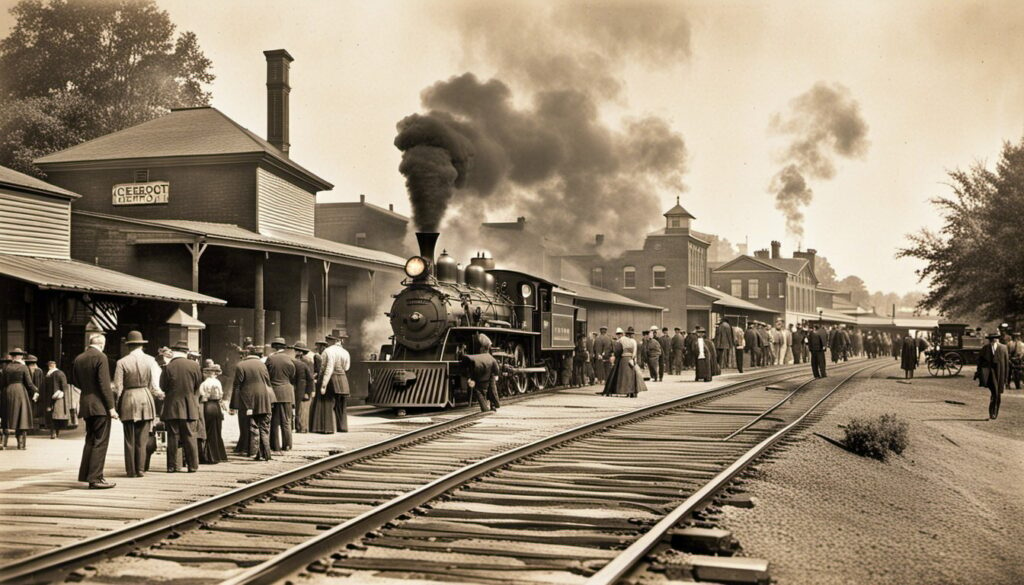
The Greer Depot is a historic train station located in the city of Greer, just east of Greenville. Built in 1913, it was once a major transportation hub for the area. Today, the depot has been restored and is used as a community center and event space.
These historical sites are just a few of the many landmarks that make Greenville such a unique and fascinating place to visit. Whether you’re a history buff or just looking for something interesting to do, be sure to check them out!
Famous Landmarks in Greenville
If you’re looking for a taste of history, Greenville has plenty of famous landmarks to explore. From grand estates to historic districts, there’s something for everyone. Here are some of the most notable landmarks to visit in Greenville:
Atalaya
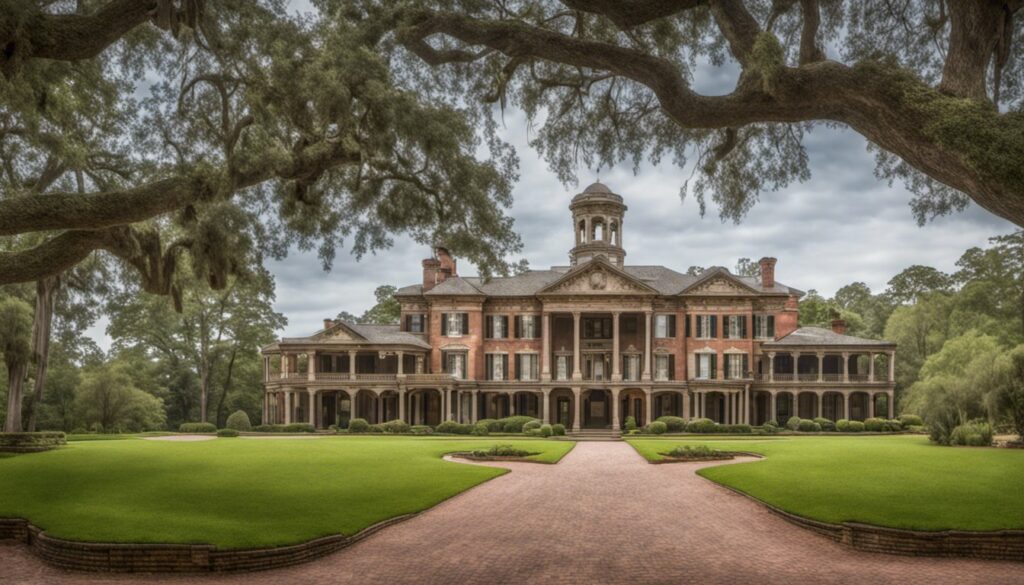
Atalaya is a stunning Spanish-style castle located in Huntington Beach State Park. Built in the 1930s, this landmark was once the winter home of industrialist and philanthropist Archer Huntington and his wife, sculptor Anna Hyatt Huntington. Today, visitors can explore the castle’s 30 rooms, courtyards, and gardens, and learn more about the Huntingtons’ fascinating lives and work.
Charleston Historic District
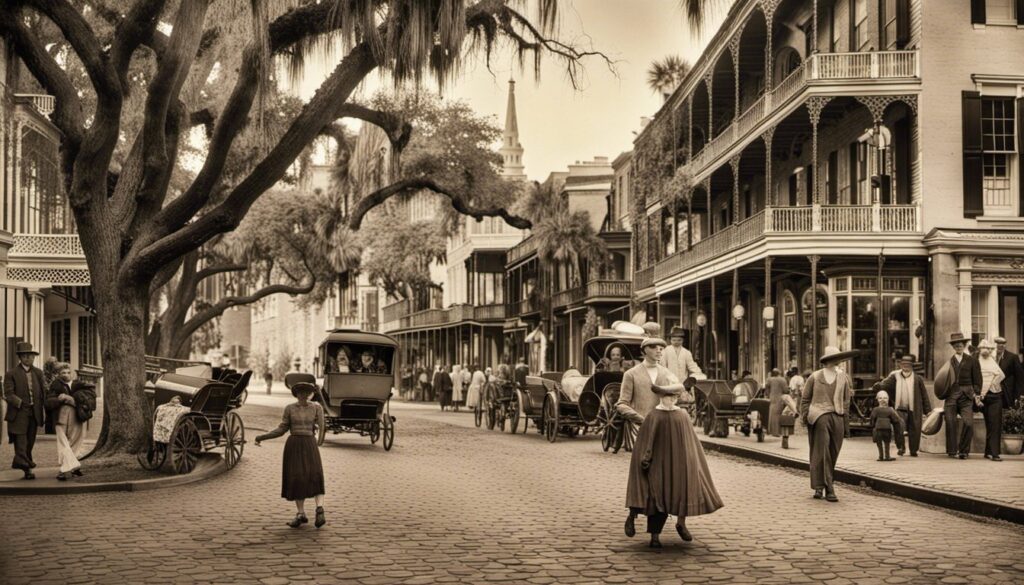
Charleston Historic District is a sprawling neighborhood that encompasses much of the city’s historic downtown. With its cobblestone streets, grand mansions, and charming gardens, this district is a must-visit for anyone interested in history, architecture, or Southern culture. Highlights include the Battery, Rainbow Row, and the Nathaniel Russell House.
Fort Hill
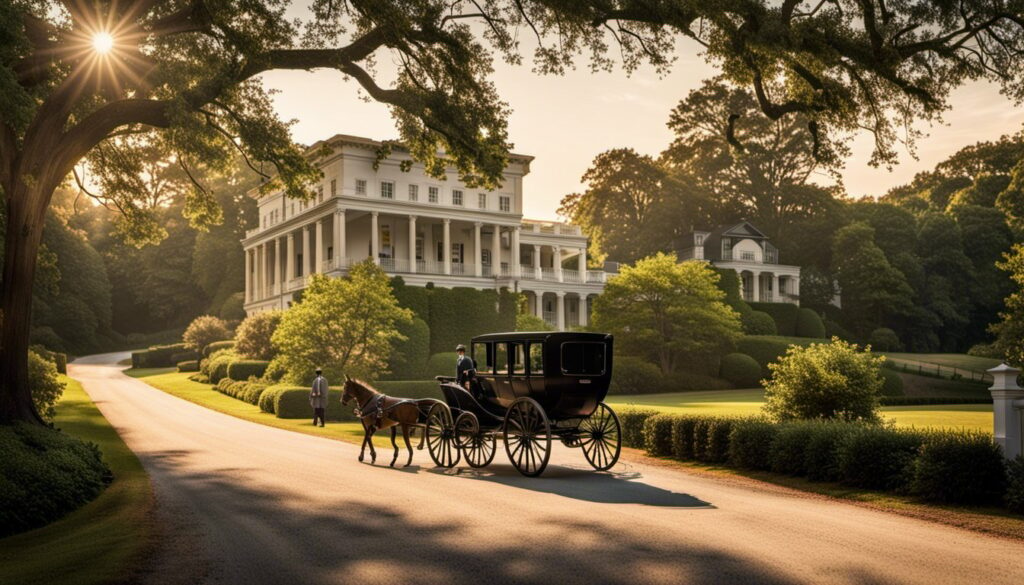
Fort Hill is a historic plantation located in Clemson, South Carolina. Originally built in the early 1800s, this landmark was the home of John C. Calhoun, a prominent politician and statesman who served as Vice President and Secretary of State. Today, visitors can tour the plantation’s grounds and learn more about Calhoun’s life and legacy.
Hampton-Pinckney Historic District
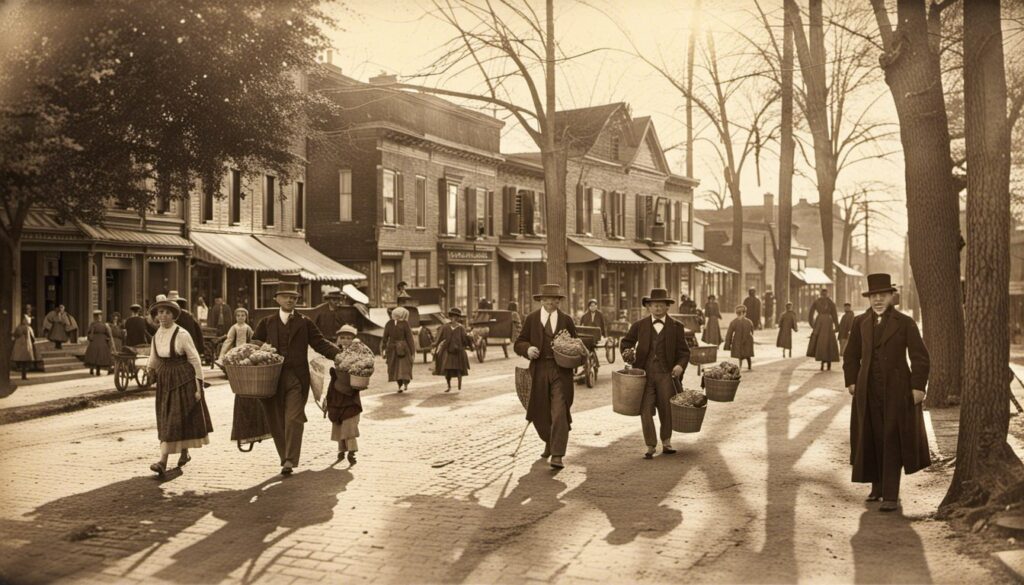
Hampton-Pinckney Historic District is a charming neighborhood located just north of downtown Greenville. Known for its beautifully preserved Victorian homes and tree-lined streets, this district is a favorite among locals and visitors alike. Highlights include the Hampton-Pinckney Historic District Walking Tour and the Pettigru Street Historic District.
Middleton Place
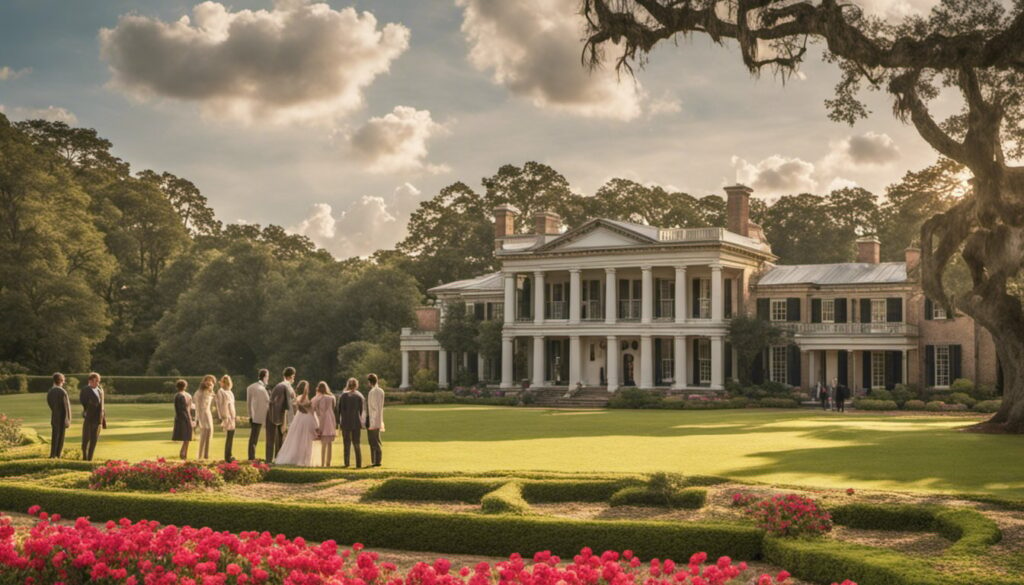
Middleton Place is a stunning plantation located just outside of Charleston. With its grand mansion, beautiful gardens, and historic stableyards, this landmark is a must-visit for anyone interested in Southern history and culture. Highlights include the Middleton Place House Museum, the Plantation Stableyards, and the Butterfly Lakes.
Ninety Six National Historic Site
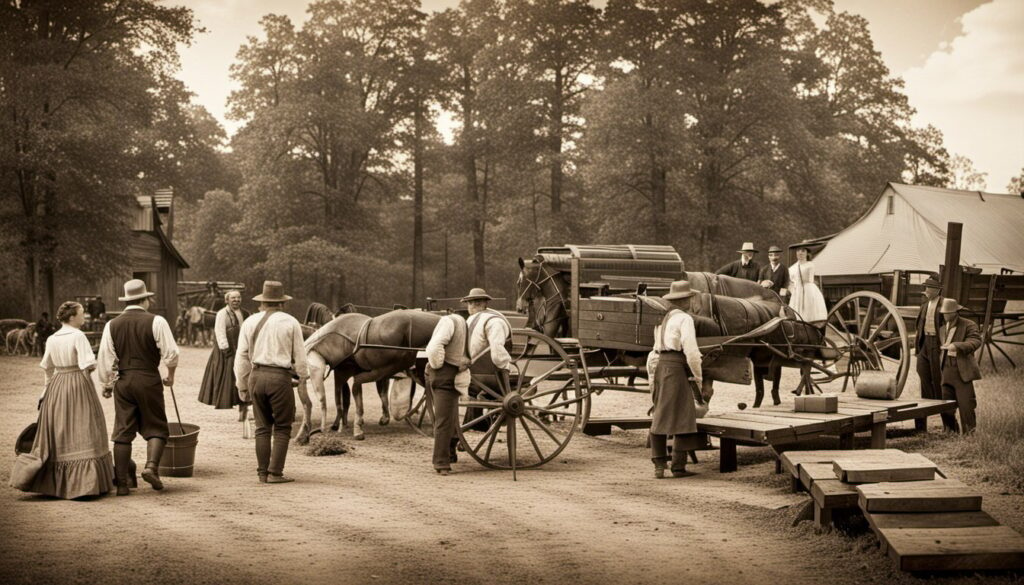
Ninety Six National Historic Site is a fascinating landmark located in Greenwood County, South Carolina. Once the site of a major Revolutionary War battle, this historic site now offers visitors the chance to explore the remains of a British fort, a colonial village, and a period tavern.
South Carolina State House
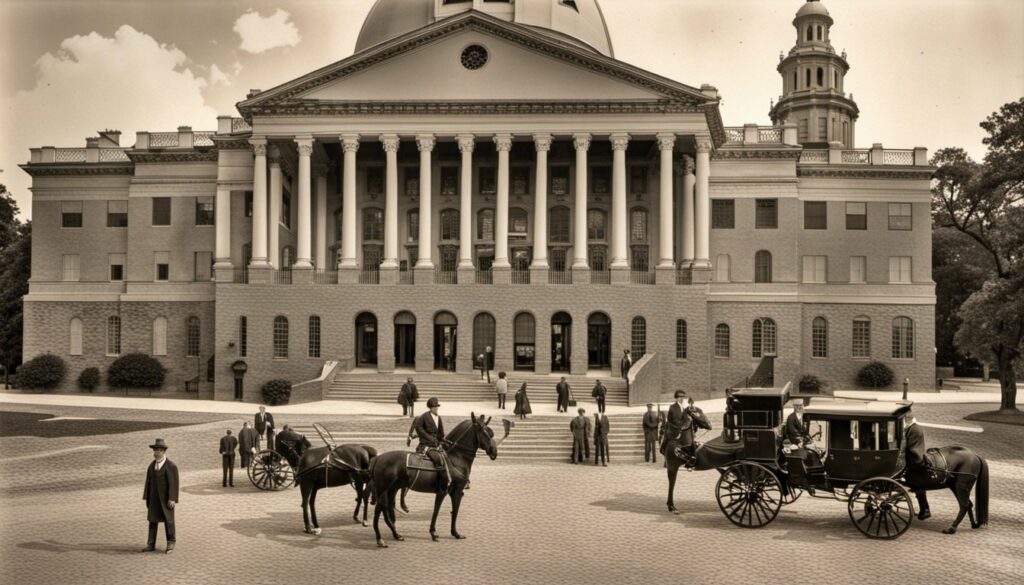
The South Carolina State House is a grand neoclassical building located in the heart of Columbia. Built in the late 1800s, this landmark is home to the state’s legislative chambers and is open for tours. Highlights include the State House grounds, the House and Senate chambers, and the Governor’s office.
Whether you’re a history buff or just looking for a fun day out, these famous landmarks in Greenville are sure to impress. So grab your camera and get ready to explore!
Greenville’s Historic Districts
Greenville, South Carolina is home to several historic districts that offer a glimpse into the city’s past. These districts are recognized for their architectural significance and contribution to the city’s growth. In this section, we will take a closer look at three of the most notable historic districts in Greenville: Main Street, West End, and McBee.
Main Street
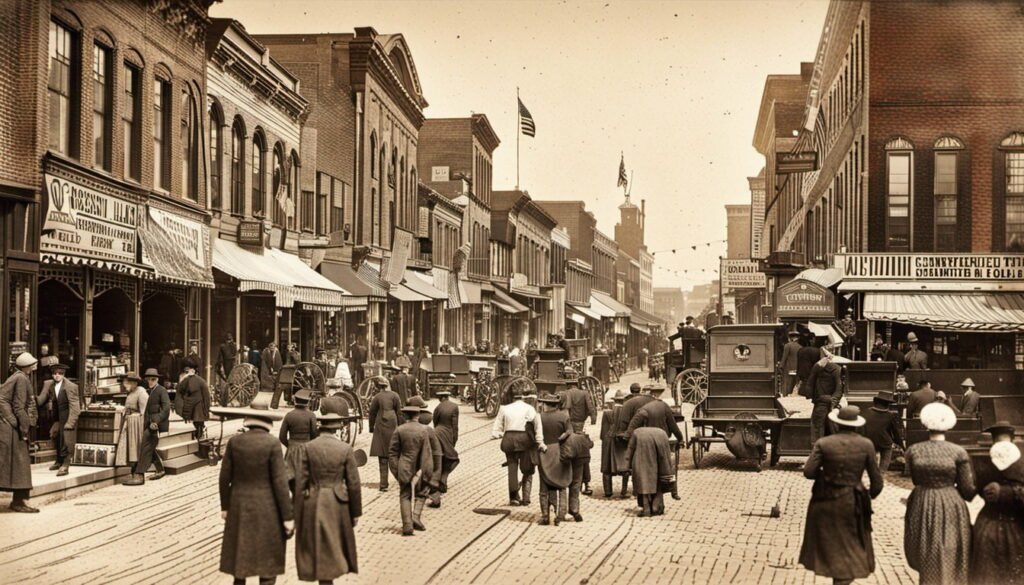
Main Street is the heart of Greenville’s downtown area and is lined with historic buildings that date back to the early 1900s. The district boasts a wide variety of architectural styles, including Art Deco, Beaux Arts, and Classical Revival. Some of the most notable buildings in the district include the Poinsett Hotel, the Kress Building, and the Peace Center for the Performing Arts.
In addition to its historic buildings, Main Street is also home to a number of shops, restaurants, and art galleries. The district is a popular destination for locals and tourists alike, and is a great place to spend an afternoon exploring.
West End
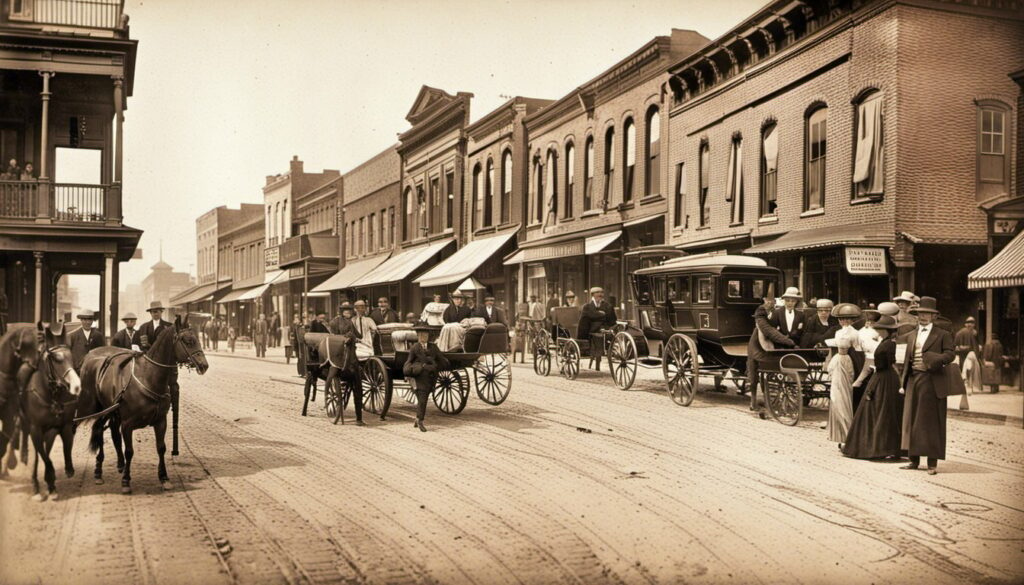
The West End is another historic district in Greenville that is worth a visit. Located just west of Main Street, the district is home to a number of historic buildings that date back to the early 1900s. The district’s architecture is a mix of styles, including Victorian, Colonial Revival, and Art Deco.
One of the most notable buildings in the West End is the Old Greenville County Courthouse, which was built in 1890. The courthouse is now home to the Greenville County Museum of Art, which features a collection of American art from the 1700s to the present day.
McBee
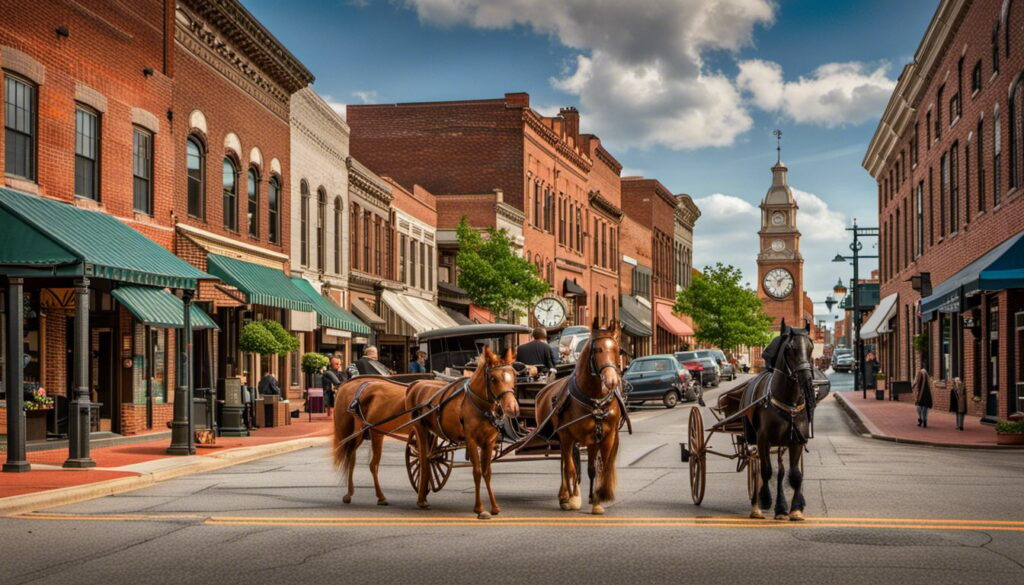
The McBee historic district is located just east of Main Street and is named after McBee Avenue, which runs through the heart of the district. The district is home to a number of historic homes that date back to the early 1900s, as well as a variety of commercial buildings.
One of the most notable buildings in the McBee district is the Greenville Women’s College, which was founded in 1854 and is now part of Furman University. The district is also home to the Greenville County Library System’s Hughes Main Library, which is housed in a historic building that was built in 1914.
Overall, Greenville’s historic districts offer a fascinating look into the city’s past and are a must-see for anyone visiting the area.
Historic Structures and Objects in Greenville
Greenville, South Carolina, is a city steeped in history and culture. From museums to historic sites, there is no shortage of places to explore and learn about the city’s past. Here are two must-visit historic structures and objects in Greenville that are sure to excite history enthusiasts.
Blacksmith Shop
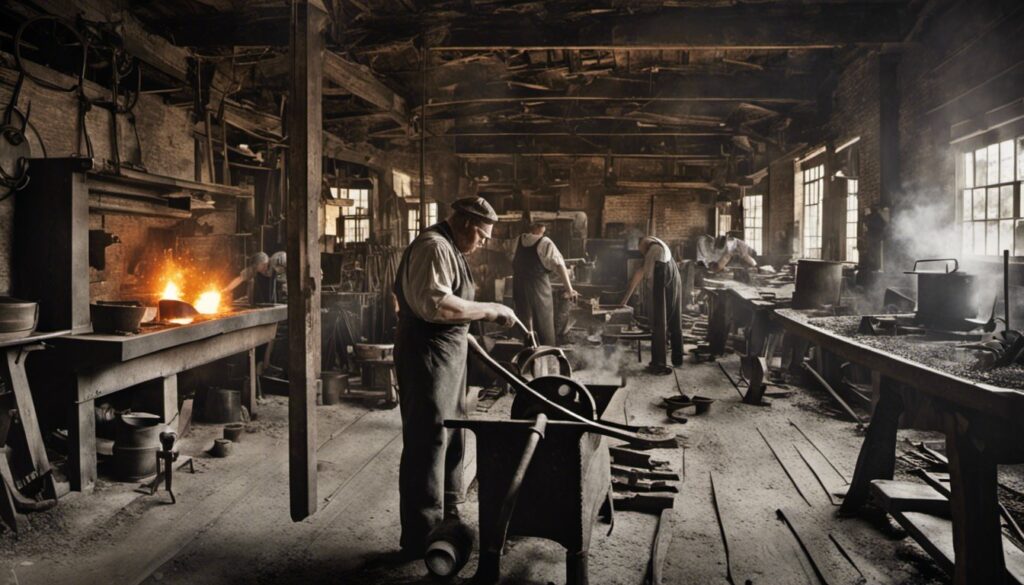
The Blacksmith Shop is a historic building that dates back to the early 1800s. It was once used as a blacksmith shop, where skilled craftsmen would create and repair metal objects. Today, the building has been preserved and serves as a museum, showcasing the tools and techniques used by blacksmiths in the 19th century.
Visiting the Blacksmith Shop is a unique opportunity to step back in time and see how things were made before the age of mass production. You can see the forge, anvil, and other tools used by blacksmiths to create everything from horseshoes to farming implements. The museum also features exhibits on the history of blacksmithing and its importance in the development of Greenville.
Whitehall
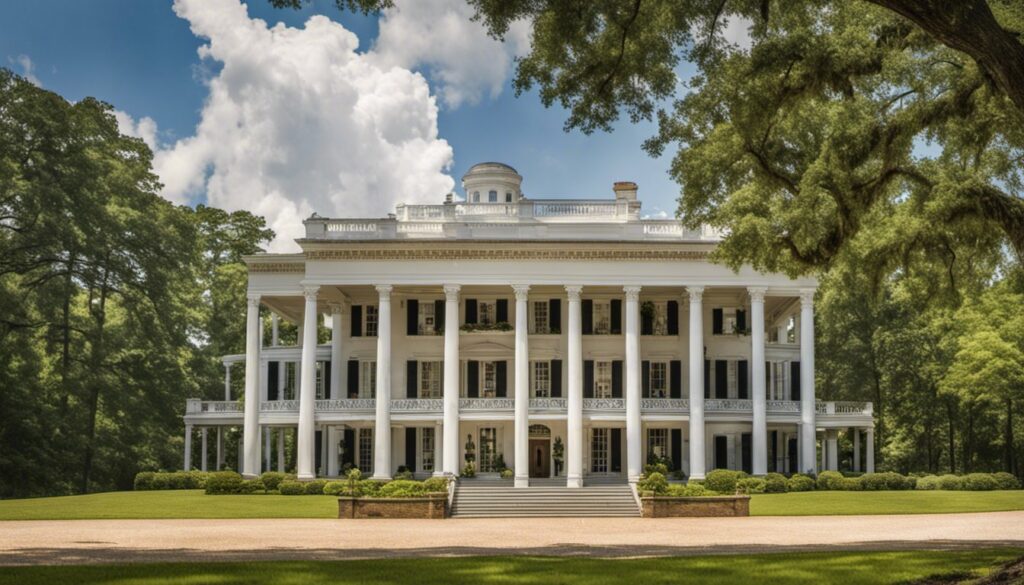
Whitehall is a historic plantation house located just outside of Greenville. Built in the early 1800s, the house is a beautiful example of Federal-style architecture and has been preserved as a museum. Visitors can tour the house and learn about the history of the plantation and the people who lived and worked there.
The house is filled with period furnishings and artwork, giving visitors a glimpse into life in the 19th century. The grounds are also worth exploring, with beautiful gardens and walking trails that offer stunning views of the surrounding countryside.
Visiting Whitehall is a great way to learn about the history of Greenville and the surrounding area. The plantation house provides a window into the past and offers a unique opportunity to experience life as it was lived over 200 years ago.
Whether you’re a history buff or just looking for a unique way to spend an afternoon, the Blacksmith Shop and Whitehall are two must-visit historic structures and objects in Greenville.
Greenville’s Historic Properties
If you’re a history buff, you’ll love exploring Greenville’s many historic properties. From stately mansions to humble homes, there’s something for everyone to enjoy. Here are a few of the must-see properties in Greenville:
National Register of Historic Places Listings in Greenville County
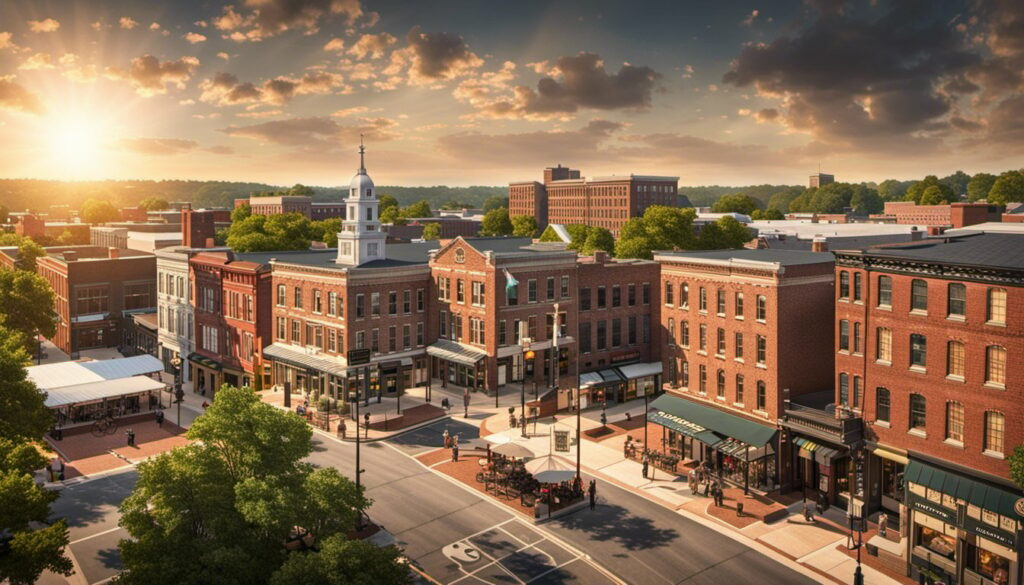
Greenville County is home to 91 properties and districts listed on the National Register of Historic Places. These sites are located throughout the county, and include everything from churches and schools to bridges and cemeteries. Some of the most notable listings include the Monaghan Mill and Village, the Greenville Downtown Airport, and the Furman University Historic District.
National Register of Historic Places Listings in Greenville
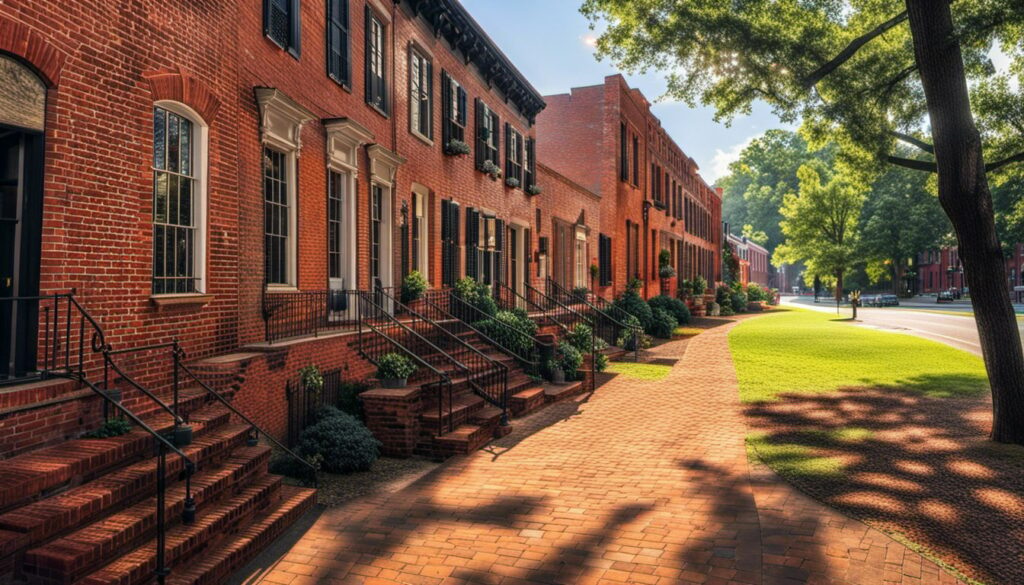
The city of Greenville is home to 45 properties and districts listed on the National Register of Historic Places. These sites include everything from historic homes and commercial buildings to public parks and monuments. Some of the most notable listings include the Greenville County Courthouse, the Poinsett Hotel, and the West End Historic District.
East Park Avenue Historic District
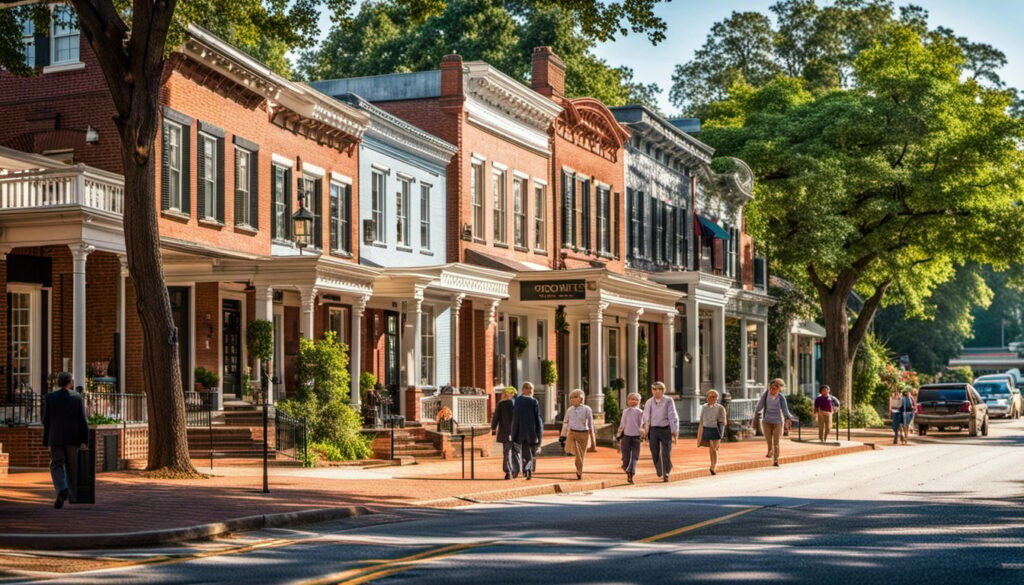
The East Park Avenue Historic District is one of Greenville’s most charming neighborhoods. Located just east of downtown, this district is home to a variety of historic homes and buildings, many of which date back to the early 20th century. Architecturally, the district is important because it contains two of Greenville’s earliest landmarks: the Earle Town House and “Whitehall,” the summer residence of Governor Henry Middleton.
Other Historic Properties in Greenville
In addition to the National Register listings and the East Park Avenue Historic District, there are many other historic properties to explore in Greenville. Some of these include:
- The Kilgore-Lewis House, a historic home that now serves as a popular event venue
- The Pettigru Street Historic District, a charming residential neighborhood with a variety of architectural styles
- The Hampton-Pinckney Historic District, another residential neighborhood with a rich history and beautiful homes
- The Shoeless Joe Jackson Museum, a small museum dedicated to the life and career of the famous baseball player
No matter what your interests are, you’re sure to find something fascinating among Greenville’s many historic properties. So grab your walking shoes and start exploring!
National Register of Historic Places in Greenville
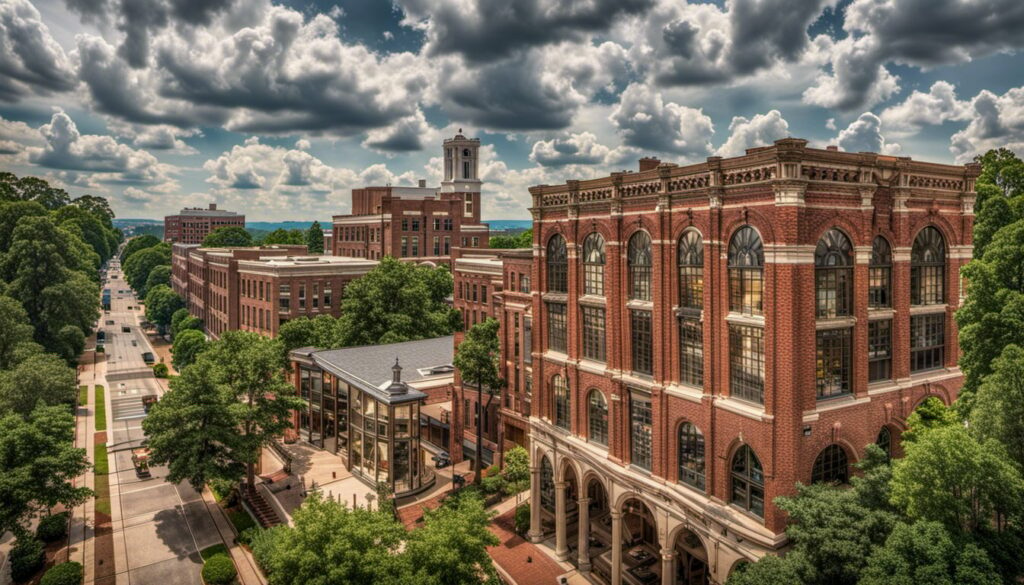
If you are a history buff, then Greenville, South Carolina is the perfect destination for you. The National Register of Historic Places lists 88 properties and districts in Greenville County, 45 of which are located in the city of Greenville itself. The National Register of Historic Places is the official list of the nation’s historic places worthy of preservation. It is maintained by the United States National Park Service.
The National Register of Historic Places listings in Greenville, South Carolina include a wide variety of structures and sites that reflect the city’s rich history. These include historic homes, churches, commercial buildings, and even cemeteries. Some of the most famous landmarks in Greenville that are listed on the National Register include the Poinsett Hotel, the Pettigru Street Historic District, and the West End Commercial Historic District.
The Poinsett Hotel is a luxurious hotel that was built in 1925 and named after Joel R. Poinsett, a prominent South Carolinian who served as Secretary of War under President Martin Van Buren. The hotel is known for its grand architecture and elegant furnishings, and it has hosted many famous guests over the years, including Amelia Earhart and Winston Churchill.
The Pettigru Street Historic District is a residential neighborhood that was developed in the late 19th and early 20th centuries. The district features a mix of architectural styles, including Victorian, Colonial Revival, and Craftsman, and it is known for its tree-lined streets and well-manicured lawns.
The West End Commercial Historic District is a vibrant commercial area that was developed in the late 19th and early 20th centuries. The district features a mix of architectural styles, including Romanesque Revival, Gothic Revival, and Art Deco, and it is known for its unique shops, restaurants, and bars.
In conclusion, the National Register of Historic Places listings in Greenville, South Carolina are a must-see for anyone interested in history and architecture. These sites offer a glimpse into the city’s rich past and provide a unique window into the cultural heritage of the United States.
Greenville’s Historical Map
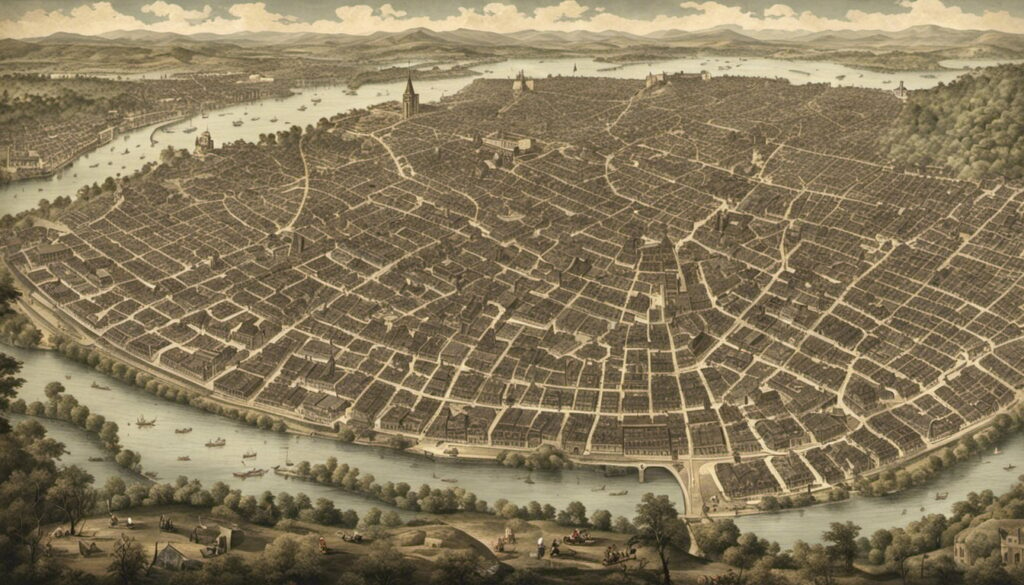
Are you looking to explore the history of Greenville, South Carolina? Look no further than the Historic Greenville Maps collection on the South Carolina Digital Library website. This collection features a variety of maps of Greenville County and the City of Greenville dating back to the 1800s. With the help of these maps, you can trace the evolution of the city’s streets, neighborhoods, and landmarks throughout the years.
If you’re more interested in exploring historic landmarks in person, the National Register of Historic Places listings in Greenville County is a great resource. This list includes 91 properties and districts throughout the county, including 45 in the city of Greenville. You can use the latitude and longitude coordinates provided on the website to help you navigate to each location.
For a more comprehensive list of historic sites and museums in Greenville, check out the VisitGreenvilleSC website. This page features a variety of intriguing historical sites and world-class museums that are sure to pique your interest. Whether you’re interested in the city’s early settlers, fast cars, covered bridges, or every kid’s wonderland, there’s something for everyone in Greenville.
So what are you waiting for? Grab a map and start exploring the rich history of Greenville, South Carolina.
Historical Changes in Greenville
Greenville, South Carolina, has undergone significant changes over the years. From its early days as a small trading post to its current status as a thriving city, Greenville has seen many transformations that have shaped its history.
One of the most significant changes in Greenville’s history was the arrival of the railroad in the mid-1800s. The railroad brought new economic opportunities to the area, and Greenville quickly became a hub for textile production. This led to a population boom, and the city began to expand rapidly.
Another major change in Greenville’s history was the Civil Rights Movement of the 1960s. Greenville was not immune to the racial tensions that were sweeping the nation, and the city saw its fair share of protests and demonstrations. However, the city also saw significant progress during this time, with the desegregation of schools and public spaces.
In more recent years, Greenville has undergone a significant transformation, becoming a hub for technology and innovation. The city has attracted many new businesses and residents, and has become a popular destination for tourists.
Throughout its history, Greenville has also seen many changes to its built environment. Many historic buildings have been preserved and restored, while others have been demolished to make way for new development. The city’s historic district is home to many notable landmarks, including the Earle Town House and “Whitehall,” the former summer residence of Governor Henry Middleton.
Overall, Greenville’s history is a rich and complex tapestry of cultural, economic, and social changes. As you explore the city’s many historical sites and landmarks, you’ll gain a deeper appreciation for the many transformations that have shaped Greenville into the vibrant city it is today.
Railroad History in Greenville
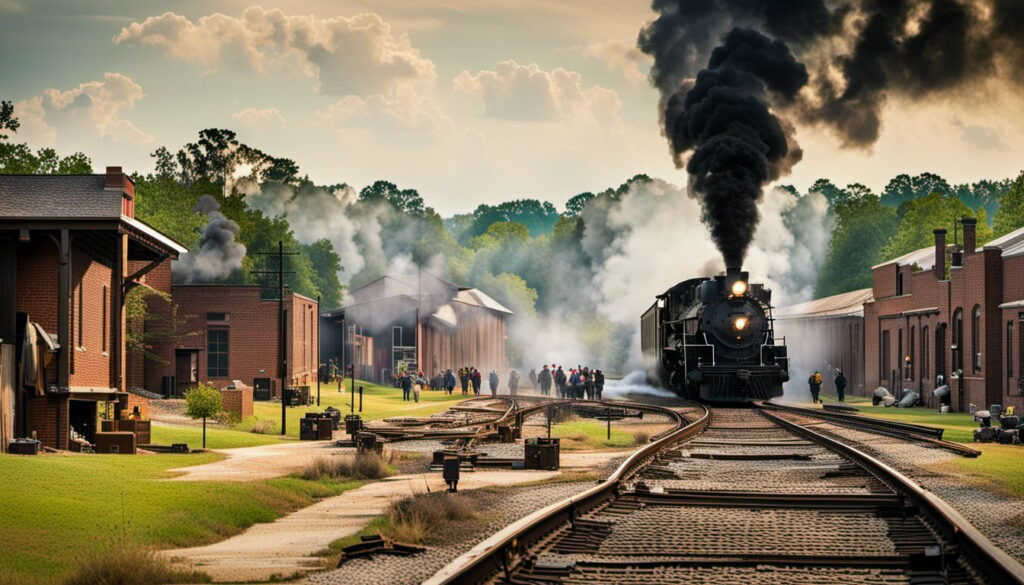
If you’re a history buff, you’ll be excited to learn about the rich railroad history in Greenville. The city has a long and storied past when it comes to railroads, and there are several landmarks and sites that pay homage to this important part of Greenville’s history.
One of the most significant railroad landmarks in Greenville is the Greenville station. Built in 1988 by the Norfolk Southern Railway, the modern red-brick station replaced the larger Southern Railway station that had existed at the same location from 1905-1988. Today, the station is operated by Amtrak and provides inter-city rail service via the Crescent.
Another important railroad in Greenville’s history is the Greenville and Columbia Railroad. This 5 ft (1,524 mm) gauge railroad served South Carolina in the 19th century and was instrumental in the growth and development of Greenville. The line traces its history back to 1845, when Greenville-area leaders Benjamin Perry, Waddy Thompson Jr., John T. Coleman, and Joel Poinsett called a public meeting. This meeting led to the creation of the Greenville and Columbia Railroad, which helped to connect Greenville to the rest of the state and beyond.
If you’re interested in learning more about the history of the Greenville and Columbia Railroad, be sure to check out the Swamp Rabbit Railroad Historical Marker. Located near the eastern end of the pedestrian bridge, this marker provides information about the railroad’s history and its impact on Greenville.
Overall, the railroad history in Greenville is a fascinating and important part of the city’s past. Whether you’re a history buff or just interested in learning more about the city’s heritage, be sure to take some time to explore these important landmarks and sites.
Civil War History in Greenville
If you’re a history buff, you’ll be excited to know that Greenville has plenty of Civil War history to explore. From battlefields to museums, here are some of the top sites to check out:
Museum and Library of Confederate History
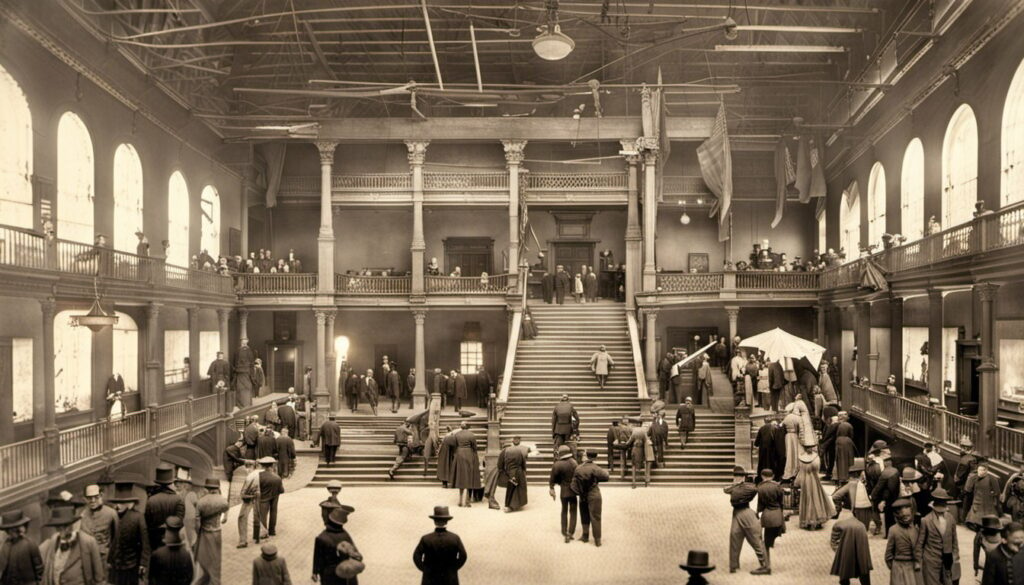
This museum is a must-visit for anyone interested in the Civil War. The museum has an impressive collection of artifacts, including weapons, uniforms, and personal items belonging to soldiers. You can also explore the library, which has a vast collection of books and documents related to the Civil War.
Confederate Monument
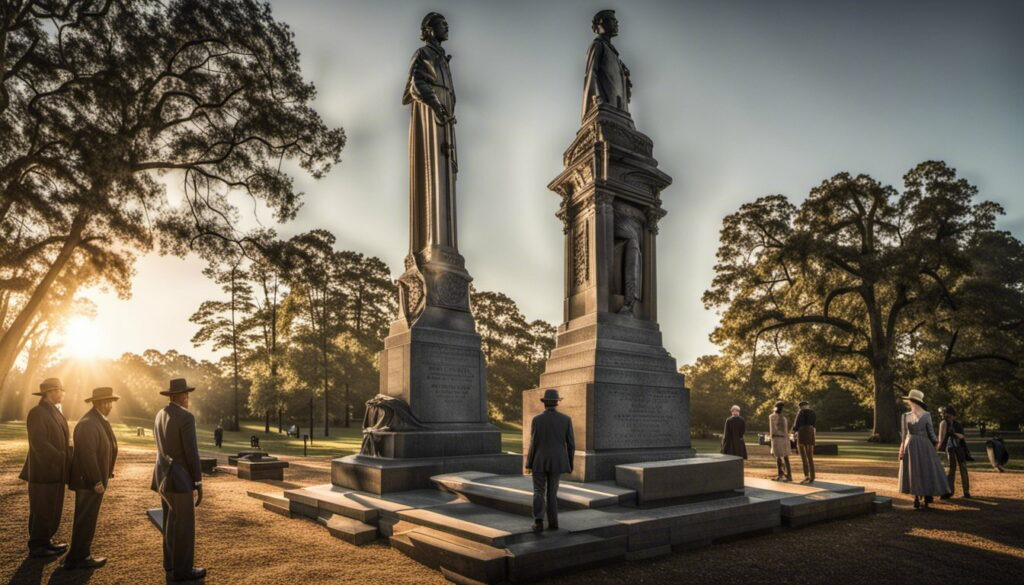
The Confederate Monument is a granite shaft topped by a marble statue of a soldier that memorializes the Confederate dead of the American Civil War from Greenville County. The monument is flanked by two period Parrott rifles manufactured at the West Point Foundry in New York.
Fort Sumter National Historical Park
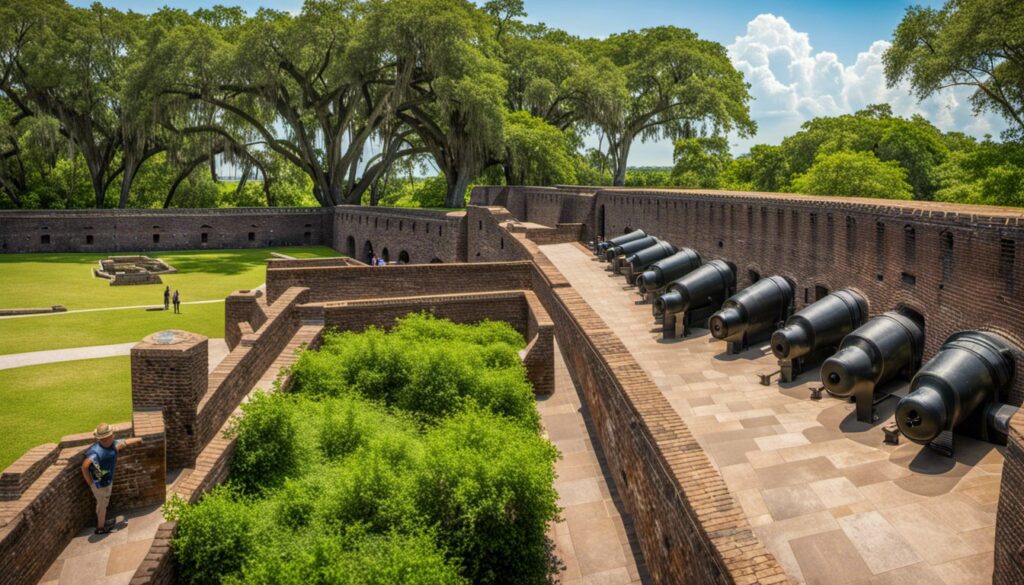
While not in Greenville, Fort Sumter is a must-visit for anyone interested in Civil War history. This is the site where the first shots of the Civil War were fired, and the fort played a significant role in the war.
Reedy River Falls Historic Park
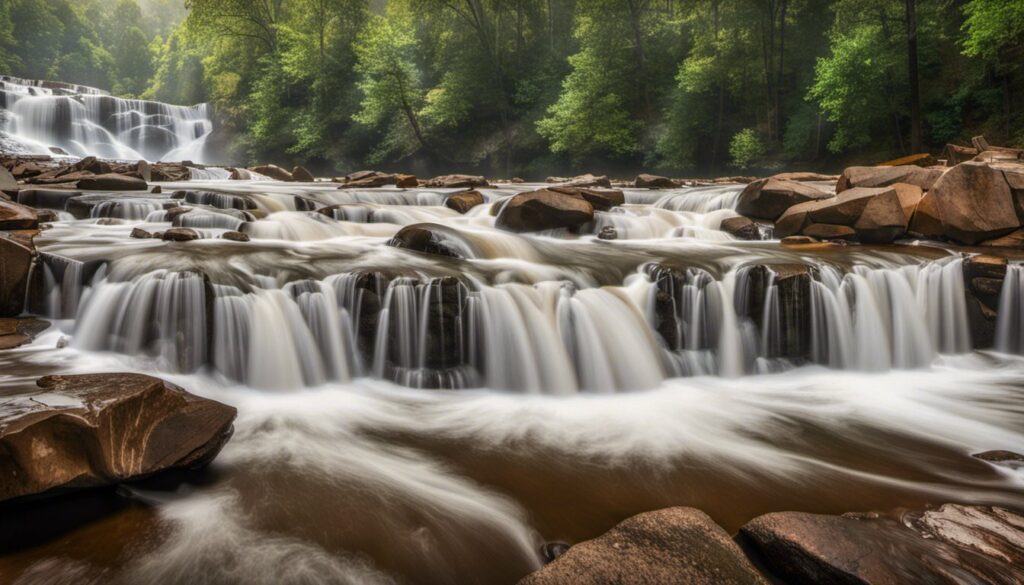
This park was the site of a Civil War-era grist mill and is now a beautiful spot for a picnic or a stroll. The park features a suspension bridge that offers stunning views of the falls.
National Register of Historic Places listings in Greenville
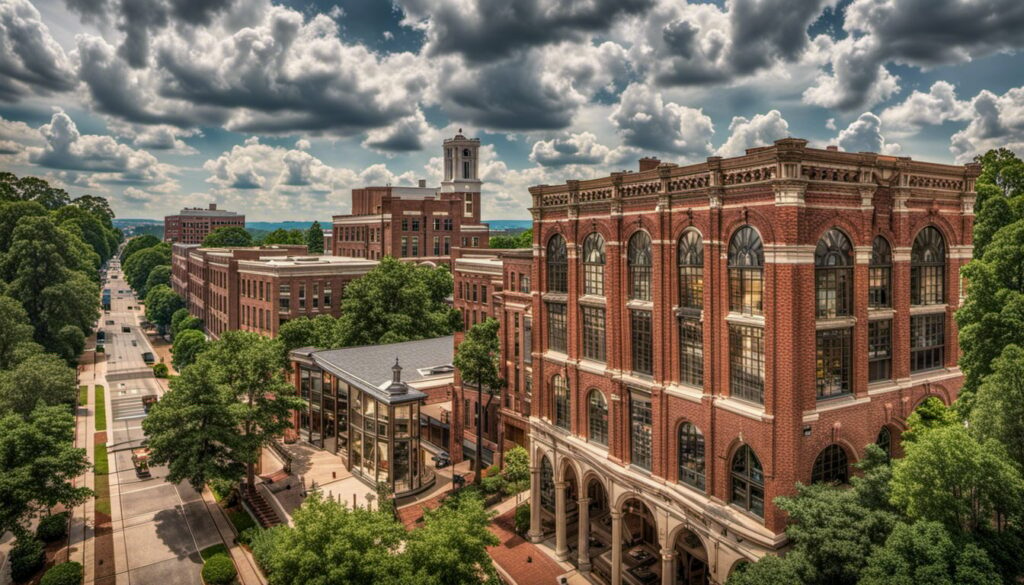
There are 88 properties and districts listed on the National Register in Greenville County, and many of them have ties to the Civil War. Some of the most notable include the Kilgore-Lewis House, which served as a hospital during the war, and the Woodside Cotton Mill Historic District, which was used to produce cloth for Confederate uniforms.
In addition to these sites, there are many other places in Greenville where you can learn about the Civil War and its impact on the area. Whether you’re a history buff or just looking to learn more about the past, Greenville has plenty to offer.
Historic Education in Greenville
If you’re a history buff, Greenville, South Carolina has plenty to offer in terms of historic education. From high schools to universities, the city has a rich history that you can explore.
Parker High School
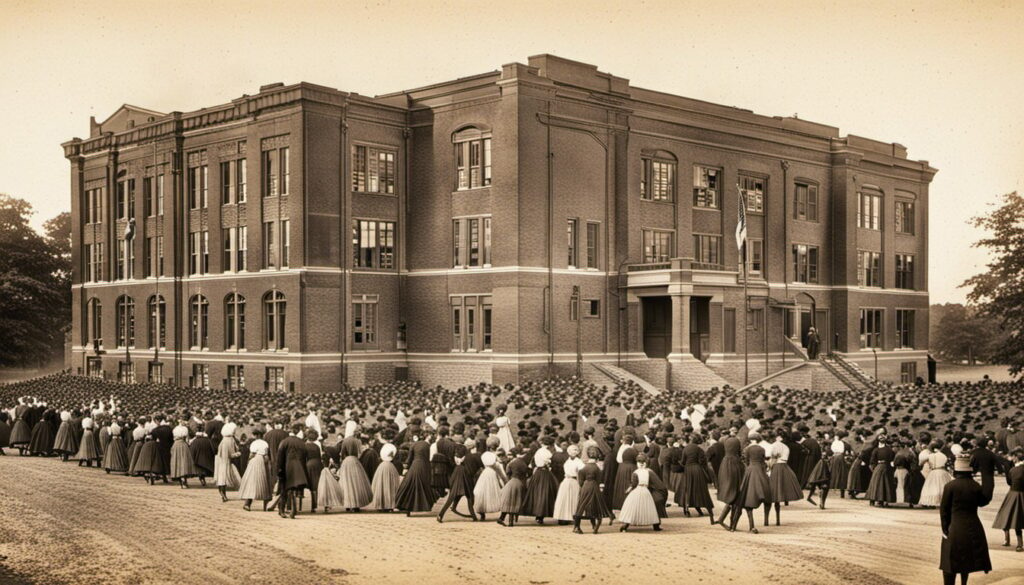
One of the most notable historic high schools in Greenville is Parker High School. Founded in 1902, it was the first public high school for African Americans in the city. The school was named after Richard E. Parker, a prominent African American educator who served as the principal of Sterling High School, the predecessor to Parker High School. Over the years, Parker High School has produced many notable alumni, including civil rights leader Jesse Jackson.
Furman University
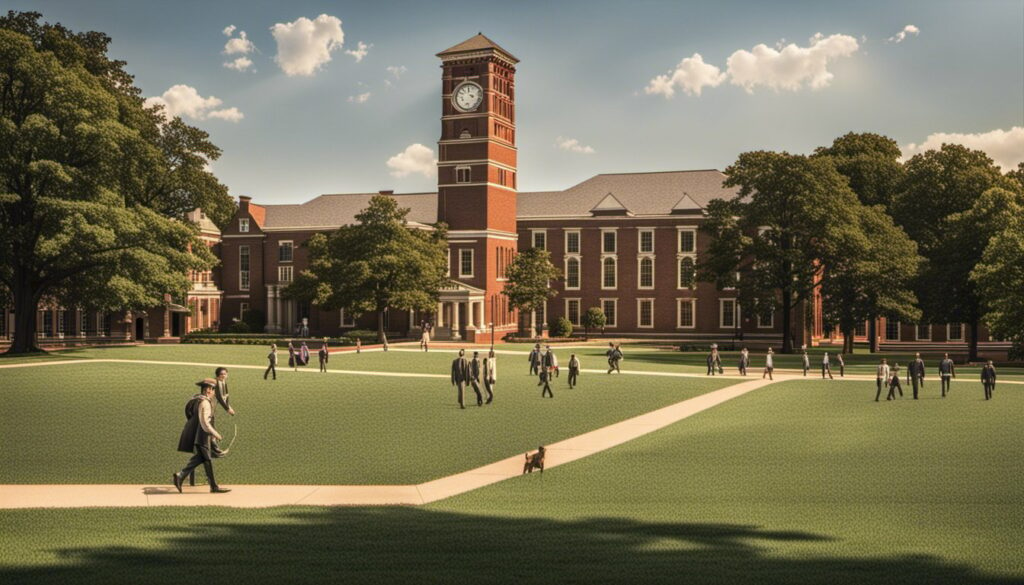
Founded in 1826, Furman University is one of the oldest universities in South Carolina. The university has a rich history, and its campus is home to many historic buildings and landmarks. One of the most notable buildings on campus is the James B. Duke Library, which was built in 1958 and named after James B. Duke, a prominent businessman and philanthropist. The library houses over 1.5 million volumes and is a great resource for students and researchers.
Clemson University
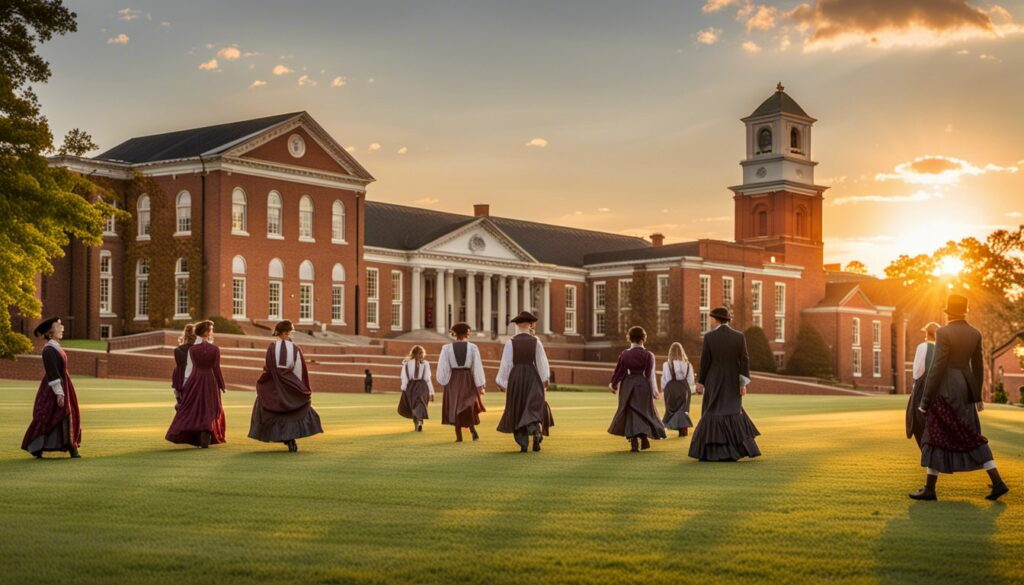
Clemson University is another historic university in South Carolina. Founded in 1889, the university has a long history of academic excellence and is known for its strong programs in engineering, science, and agriculture. The university is also home to many historic buildings and landmarks, including Tillman Hall, which was built in 1893 and named after Benjamin Tillman, a former governor of South Carolina and U.S. senator. The building is now home to the university’s administration offices.
With so many historic educational institutions in Greenville, you can learn a lot about the city’s past and the people who helped shape it. Whether you’re interested in civil rights history or the history of higher education in South Carolina, there’s something for everyone to explore.
Founders and Artists of Greenville
Greenville, South Carolina, is a city rich in history and culture. The city has been shaped by the vision and creativity of its founders and artists. In this section, you will learn about the people who played a significant role in shaping Greenville’s history and culture.
Founders
Greenville owes its existence to its founders. The city was established in 1831 by Vardry McBee, who was a wealthy businessman from North Carolina. McBee was a visionary who saw the potential of the Reedy River Falls as a site for industry. He purchased the land and began developing it into a town.
Another important figure in Greenville’s history is Richard Pearis. Pearis was a wealthy landowner who was instrumental in establishing the first trading post in Greenville. He was also a friend of the Cherokee Indians and played a significant role in the relationship between the tribe and the settlers.
Artists
Greenville has a rich artistic heritage that is reflected in its many galleries, museums, and public art installations. One of the most famous artists associated with Greenville is Jasper Johns. Johns is a world-renowned painter, sculptor, and printmaker who was born in Augusta, Georgia, but spent much of his childhood in Greenville. His work is known for its use of everyday objects and images.
Another artist who has left his mark on Greenville is Carl Blair. Blair was a painter and sculptor who was born in Greenville in 1906. He studied art in New York and Paris and returned to Greenville in the 1940s. He was instrumental in establishing the Greenville County Museum of Art, which now houses many of his works.
Robert Mills
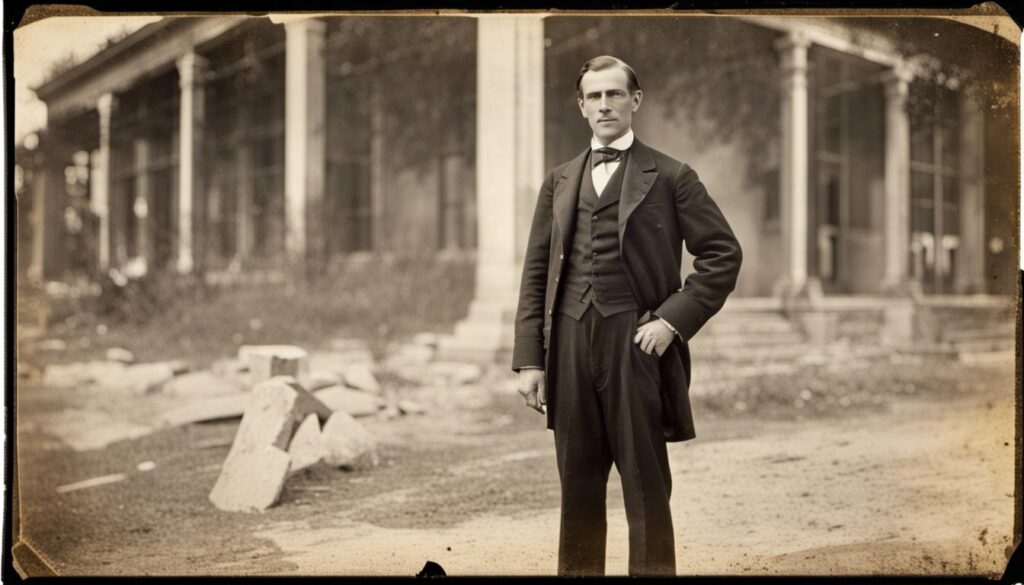
Robert Mills was an architect who designed many important buildings in the United States, including the Washington Monument. He also played a significant role in the development of Greenville. Mills designed the Old Greenville County Courthouse, which is now a National Historic Landmark. The courthouse is a beautiful example of Greek Revival architecture.
In conclusion, Greenville owes its existence to the vision and creativity of its founders and artists. Their legacy is reflected in the city’s many historic landmarks, museums, and public art installations. Whether you are a history buff or an art lover, Greenville has something to offer.
Greenville’s Historic Sea Submarine

You’ll be excited to learn about Greenville’s historic sea submarine, which is a must-visit attraction for anyone interested in naval history. The USS Greenville (SSN-772) is a Los Angeles-class nuclear-powered fast-attack submarine that was commissioned in 1996 and named after the city of Greenville.
The submarine played a crucial role in the United States Navy’s operations during the late 1990s and early 2000s. It participated in numerous missions and exercises, including Operation Enduring Freedom and Operation Iraqi Freedom. The submarine was also involved in a collision with a Japanese fishing vessel in 2001, which resulted in the deaths of nine people.
Today, the USS Greenville is open for public tours, providing visitors with an opportunity to explore the interior of a real-life submarine. You’ll get to see the tight living quarters, the torpedo room, and the control room, where all the action happens. The submarine is also equipped with a periscope, which you can use to see the surrounding area from underwater.
Visitors are required to follow strict safety guidelines during their tour of the submarine. You’ll need to wear closed-toe shoes and be able to climb up and down ladders. The tour is not recommended for individuals with claustrophobia or mobility issues.
In conclusion, if you’re interested in naval history and want to experience what life is like on a submarine, then you won’t want to miss the opportunity to tour the USS Greenville. It’s a unique and exciting experience that you’ll remember for years to come.
Greenville History
Are you interested in exploring the rich history of Greenville, South Carolina? You’re in luck! Greenville is home to numerous historical sites and famous landmarks that offer a glimpse into the city’s past.
One of the most notable landmarks in Greenville is the Old Greenville Post Office. Built in 1916, this iconic building served as the main post office for the city for many years. Today, the building has been repurposed into a mixed-use space that includes offices, retail shops, and restaurants. Be sure to stop by and admire the building’s beautiful architecture and historic charm.
Another must-see historical site in Greenville is Falls Park on the Reedy. This popular attraction was once the site of early settler Richard Pearis’ grist mill in 1768. Today, it is a beautiful public park that features a stunning waterfall, walking trails, and gardens. Take a stroll through the park and imagine what life was like for the early settlers of Greenville.
If you’re interested in learning more about Greenville’s history, be sure to visit the Upcountry History Museum. Located in downtown Greenville, this museum features exhibits that explore the history of the Upstate region of South Carolina. From Native American artifacts to Civil War memorabilia, the museum offers a comprehensive look at the area’s rich history.
Whether you’re a history buff or simply interested in learning more about Greenville’s past, there’s something for everyone to enjoy in this vibrant city. So, grab your walking shoes and get ready to explore the many historical sites and famous landmarks that Greenville has to offer!
Frequently Asked Questions
What are the top historical sites to visit in Greenville, SC?
Greenville, SC is home to many historical sites that are worth visiting. Some of the top historical sites to visit include the Upcountry History Museum, the Shoeless Joe Jackson Museum, and the Greenville County Museum of Art. Each of these sites offers a unique glimpse into the history and culture of Greenville.
What are some famous landmarks in Greenville, SC?
Greenville, SC is known for its beautiful landmarks. Some of the most famous landmarks include the Liberty Bridge, the Falls Park on the Reedy, and the Peace Center. These landmarks are not only beautiful, but they also offer a variety of activities and events throughout the year.
What universities and colleges are located in Greenville, SC?
Greenville, SC is home to several universities and colleges. Some of the most popular ones include Furman University, Bob Jones University, and Greenville Technical College. These institutions offer a wide range of programs for students of all ages and backgrounds.
What are some fun things to do in Greenville, SC?
Greenville, SC is a vibrant city with plenty of things to do. Some of the most fun things to do include visiting the Greenville Zoo, taking a stroll through the Swamp Rabbit Trail, and exploring the many shops and restaurants in the downtown area. There are also several festivals and events throughout the year, such as the Fall for Greenville festival and the Artisphere festival.
What are some nearby historical sites to visit in Upcountry South Carolina?
Upcountry South Carolina is home to many historical sites that are worth visiting. Some of the nearby historical sites include the Cowpens National Battlefield, the Pickens County Museum of Art and History, and the Hagood Mill Historic Site. Each of these sites offers a unique glimpse into the history and culture of the Upcountry.
What interesting facts can you share about Greenville, SC?
Did you know that Greenville, SC was once a major center for textile production? Or that the city is home to the world’s largest collection of water-powered textile mills? Greenville is also known for its beautiful parks and gardens, including the Greenville Zoo and Falls Park on the Reedy.

